This is a brief overview of the different punch needle fabrics that are available in the UK. When you are considering buying a foundation fabric for your punch needle project it can be useful to bear these things in mind.
There are four essential supplies needed for punch needle:
- Punch needle tool
- Foundation fabric
- Frame or hoop
- Yarn

Each different material needs to be used with a complimentary item e.g. thicker needles with chunky yarn and loose weave fabric, finer needles with thinner yarn or embroidery floss and a tighter weave fabric.
As a general rule of thumb, the smaller the width of the punch needle the tighter the fabric and thinner the yarn. As the punch needle gets thicker you’ll need to use a looser weave of fabric and thicker yarn.
It can be a misconception that punch needles leave holes in fabric. Sure, this can be the case if you’re using the wrong combination, but normally what is actually happening is that the punch needle is moving the threads apart, so the weave becomes looser. If your fabric is nice and taut on your frame or hoop, this can be rectified by lightly scratching the surface of the fabric to move the threads back into place.
It can be tricky to buy punch needle fabric online as you can’t touch and feel it. Fabrics may also have different names in different countries therefore referring to the qualities of the fabric will help to you choose your punch needle foundation fabric.

Weave and count
Loose weave foundation fabrics normally come with a ‘count’. This count will refer to the count of holes or threads per inch. This will give you a guide as to how loosely woven the fabric is and which punch needle you should use with it. Fabrics with a tighter weave will not normally have a count as the threads are woven too tightly together to count.
Guidelines
Some fabric may have guidelines on it. These guidelines are intended to help you when stretching your fabric over a frame or hoop. Normally you would draw your design onto the centre of the fabric, leaving a border for stretching and hemming. With your design drawn on to your punch needle fabric you now need to stretch it over your frame. Whilst stretching, the design may become distorted, in order to help you stretch it evenly you can concentrate on keeping the guidelines straight. If you want to leave part of your background fabric exposed in your project, then you may want to choose a fabric that does not have any guidelines.
Recommended combinations of punch needle materials
The following is what I recommend based on the materials and tools that I have used. This is not meant to be exhaustive or definitive. Use this as a guide and experiment with different punch needles and fabrics where you can.
Monks cloth
Is sometimes mistaken for Aida, and Aida is often mis-sold as monks cloth. Aida generally has too few holes per inch meaning that your stitches will not stay in as they are too far apart. It is a firmer fabric which is normally used for cross-stitch. Monks cloth is originally intended for use with a punch needle or rug hook and makes an excellent foundation fabric. It’s loose even weave allows the punch needle to move through the fabric smoothly. When put under tension it grips the loops in place evenly. It is the perfect fabric for beginners as you are able to pull your work out and re-punch (also known as frogging). As it was intended for punch needle and rug hooking (traditional techniques predominantly used for making rugs), it is hardwearing enough to withstand a lot of pressure from the punch needle and can be walked on.
Monks cloth qualities:
- Loose even weave fabric
- 100% cotton
- Often woven with a double thread
- Often in a neutral colour (but can also be dyed)
- May or may not have guidelines
- 11 – 15 holes per inch / 22 – 30 threads per inch
- Generally woven in USA
Punch needles to use with monks cloth:
- Oxford regulars
- Oxford fines
- Lavor 5.5 mm adjustable
- Lavor 4 mm adjustable
- Lavor fine needle set (largest needle tip)

Linen fabric
This can be a little difficult to define as linen is the fibre that the fabric is woven with rather than the name of a type of fabric (e.g. monks cloth and weavers cloth). Linen is a durable fabric that can have many uses. If you find the right one it can work really well for punch needle. It is normally only woven with a single thread, so although you may be able to frog your work, you won’t be able to do this as many times as you could with monks cloth.
Linen qualities:
- Loose woven fabric
- Can be an uneven weave, sometimes with a slub
- 100% linen
- Normally woven with a single thread
- Often in a neutral colour
- Normally without guidelines
- Holes/threads per inch can vary, aim for 11 – 15 holes per inch / 22 – 30 threads per inch
Punch needles to use with linen:

Weavers cloth
Weavers cloth is a tighter woven fabric than monks cloth or linen and is composed of cotton and polyester. This type of fabric is used with finer punch needles that use embroidery floss. As the floss is very fine you need a tightly woven fabric in order to keep the loops in place. This isn’t something which is readily available in the UK so I have sourced and tested other similar fabrics. I have settled on a cotton fabric which has similar qualities to weavers cloth. This is probably the easiest fabric to find a substitute for.
Cotton qualities:
- 100% cotton
- Neutral colour with a slight fleck
- Without guidelines
Punch needles to use with weavers cloth:

Once you become familiar with the properties of different fabrics you can look for similar fabrics to work on, however if you are making a rug or another project expected to take a good deal of wear and tear, you would be best to use a fabric designed for punch needle.
All the punch needles, fabric and yarn listed on the website comes with a recommended list of accompanying materials. If you need any help selecting what combination will work best for your project, just let me know.

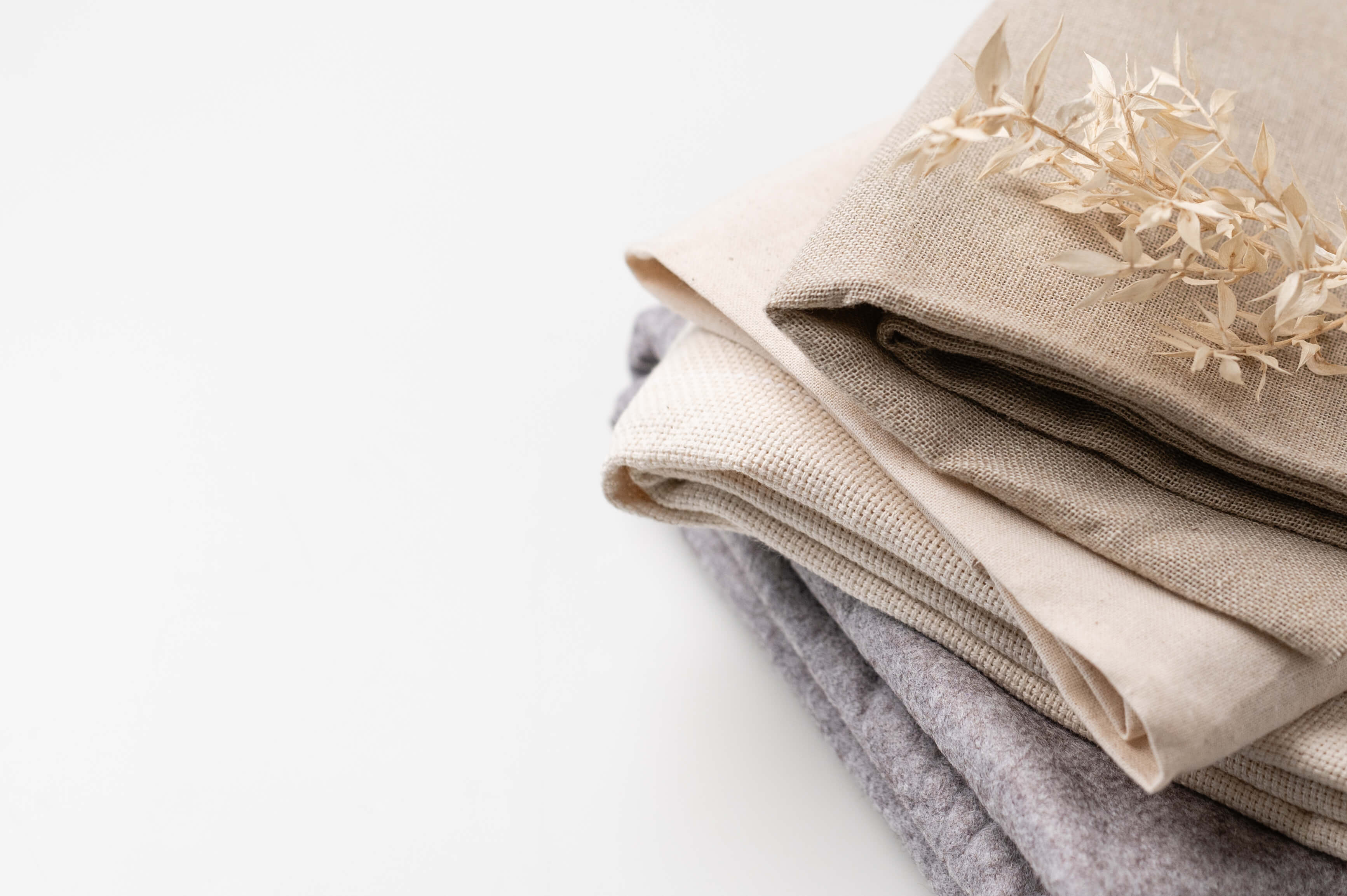
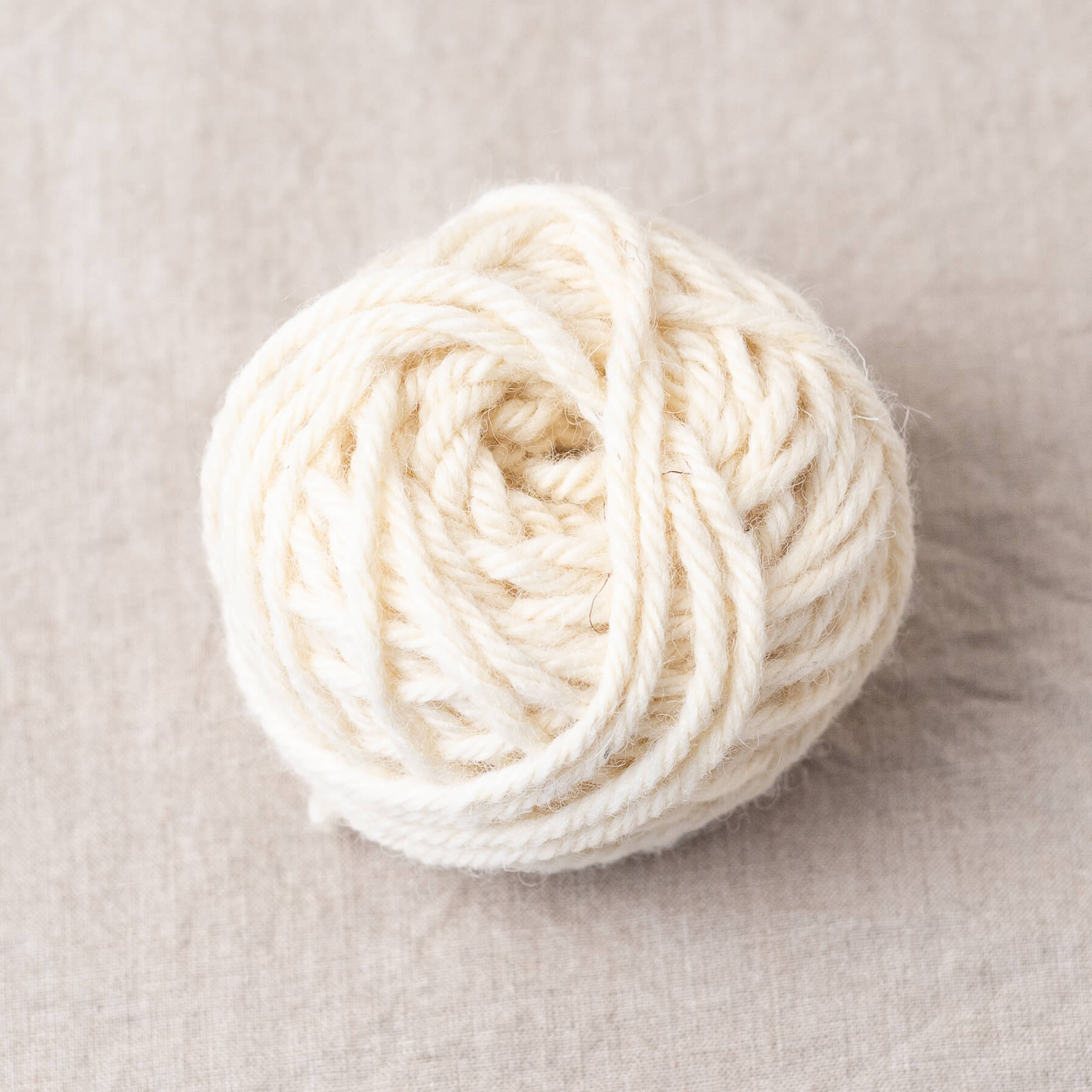
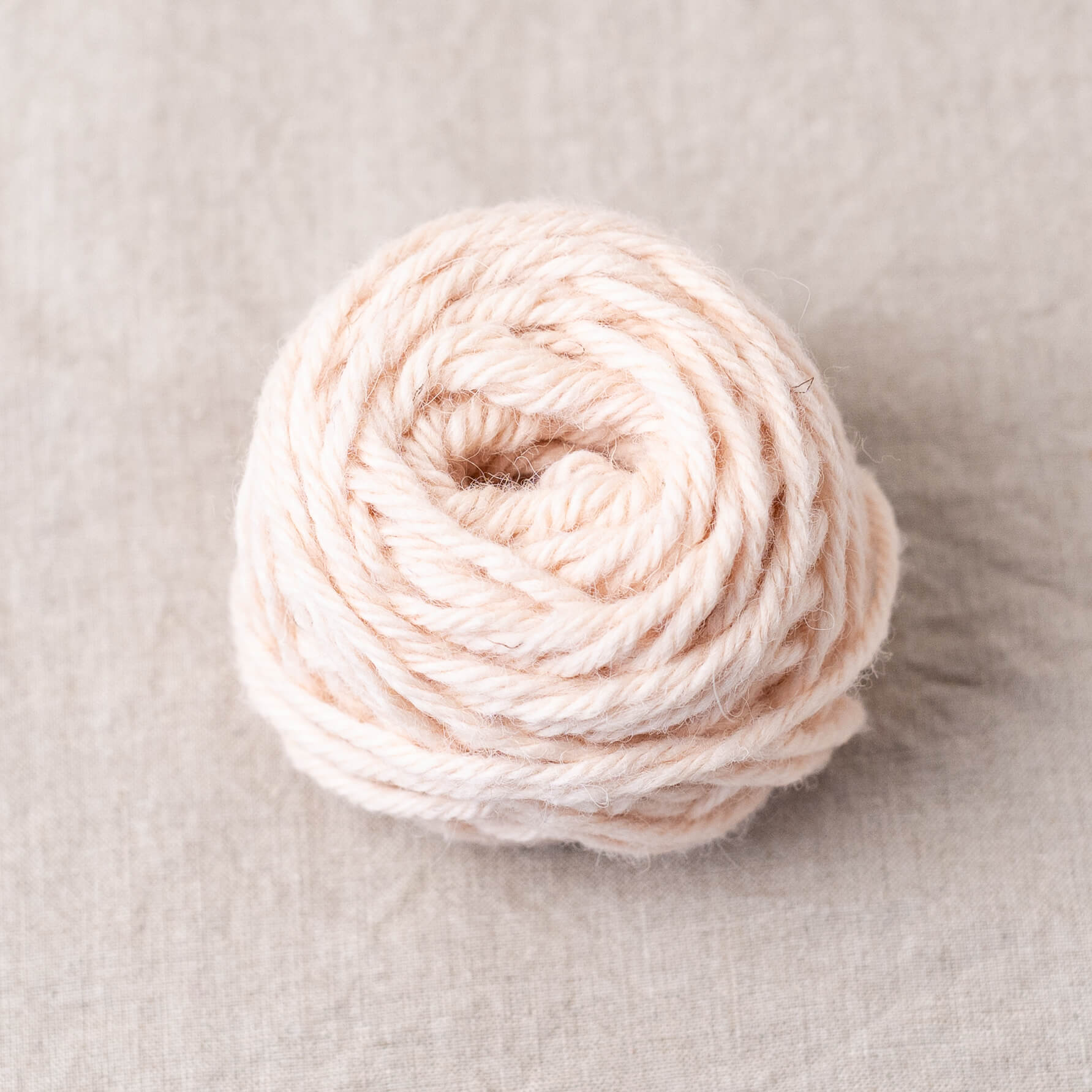
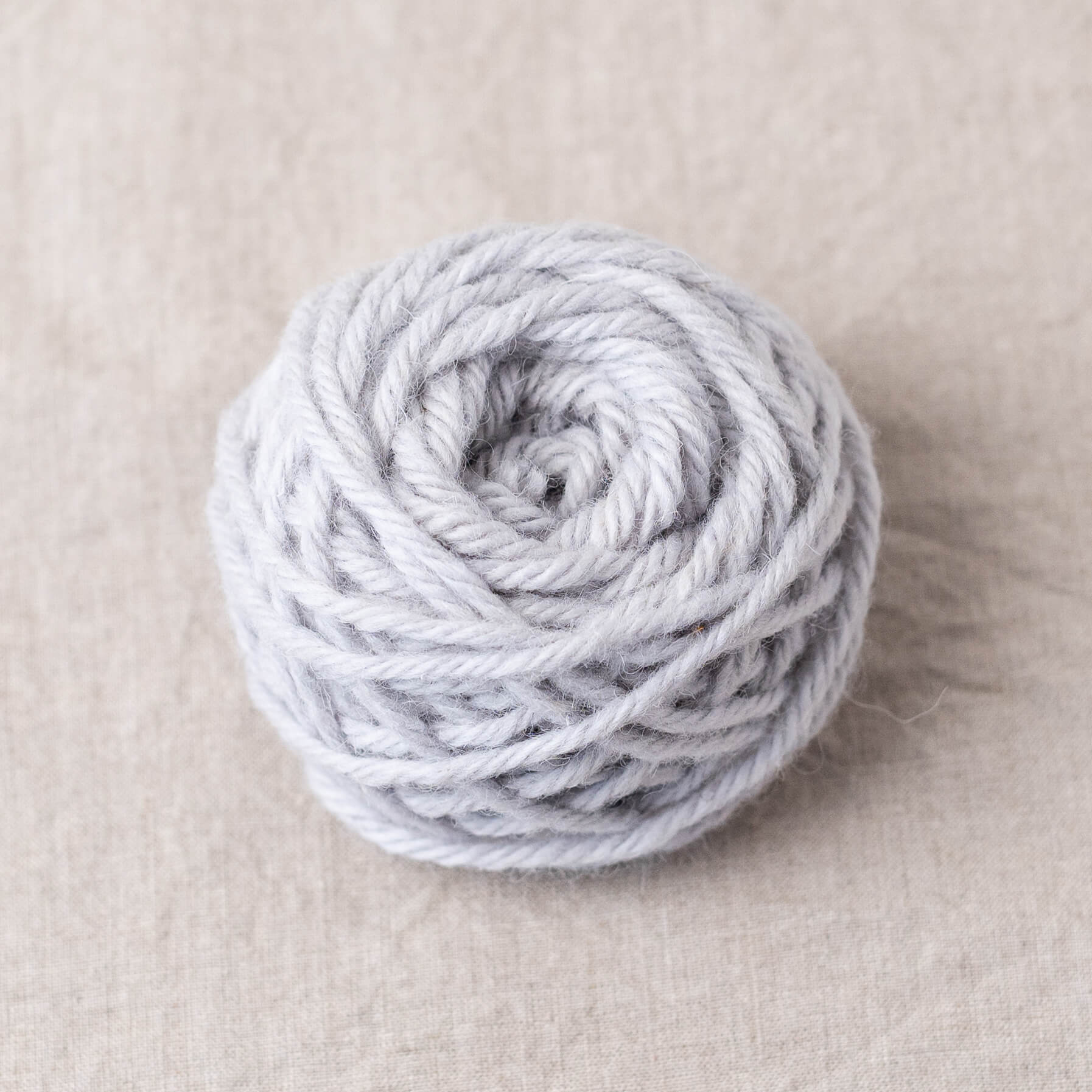
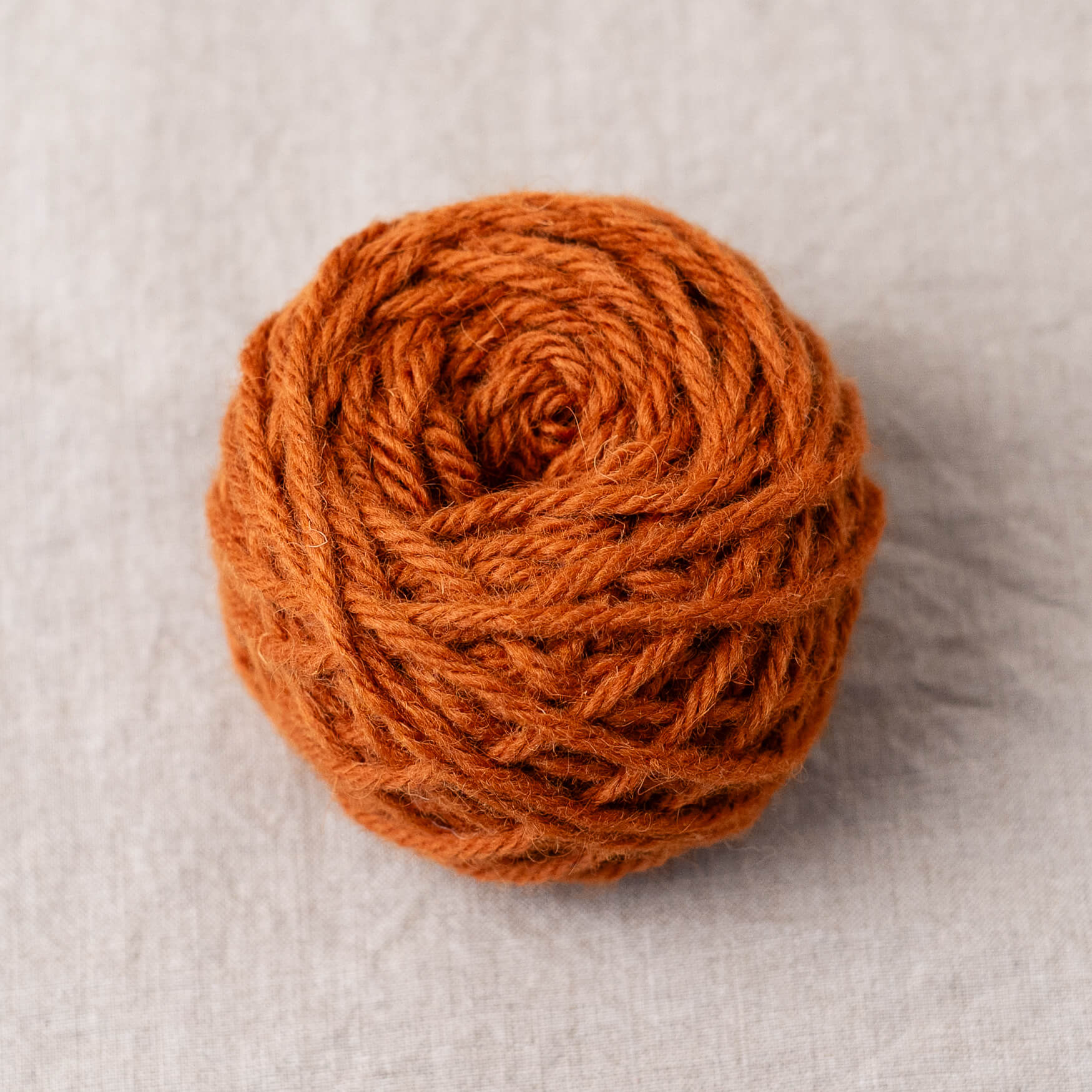
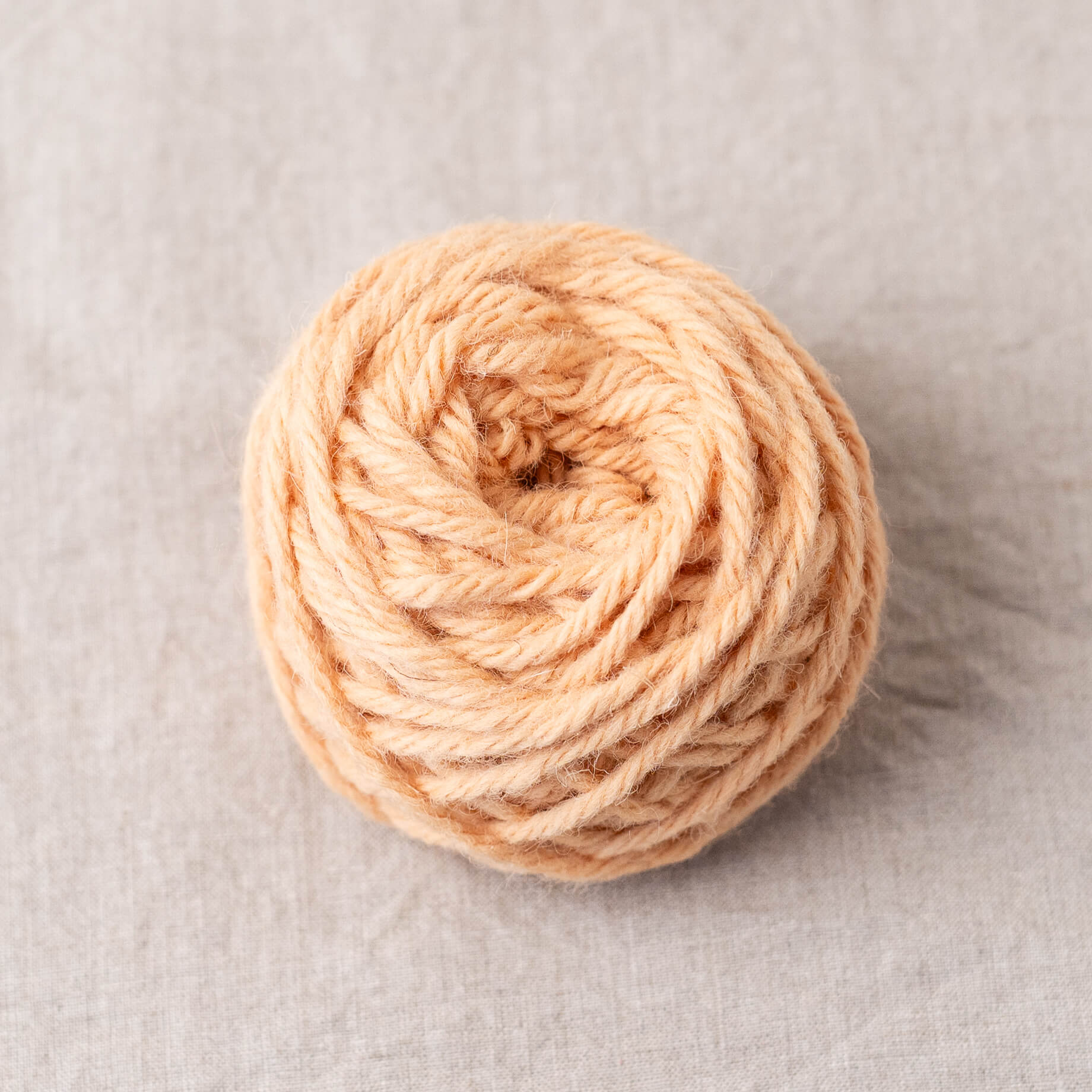
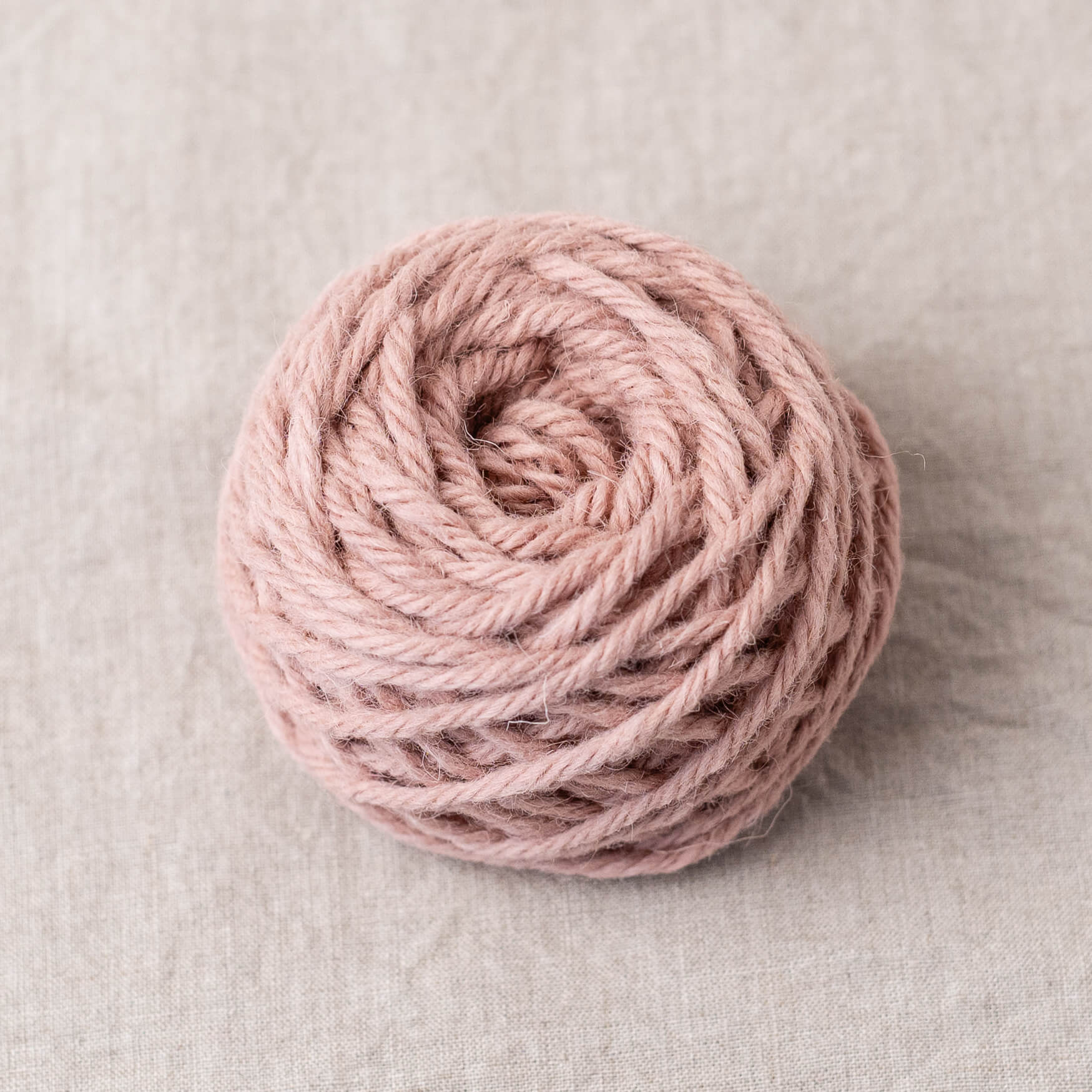
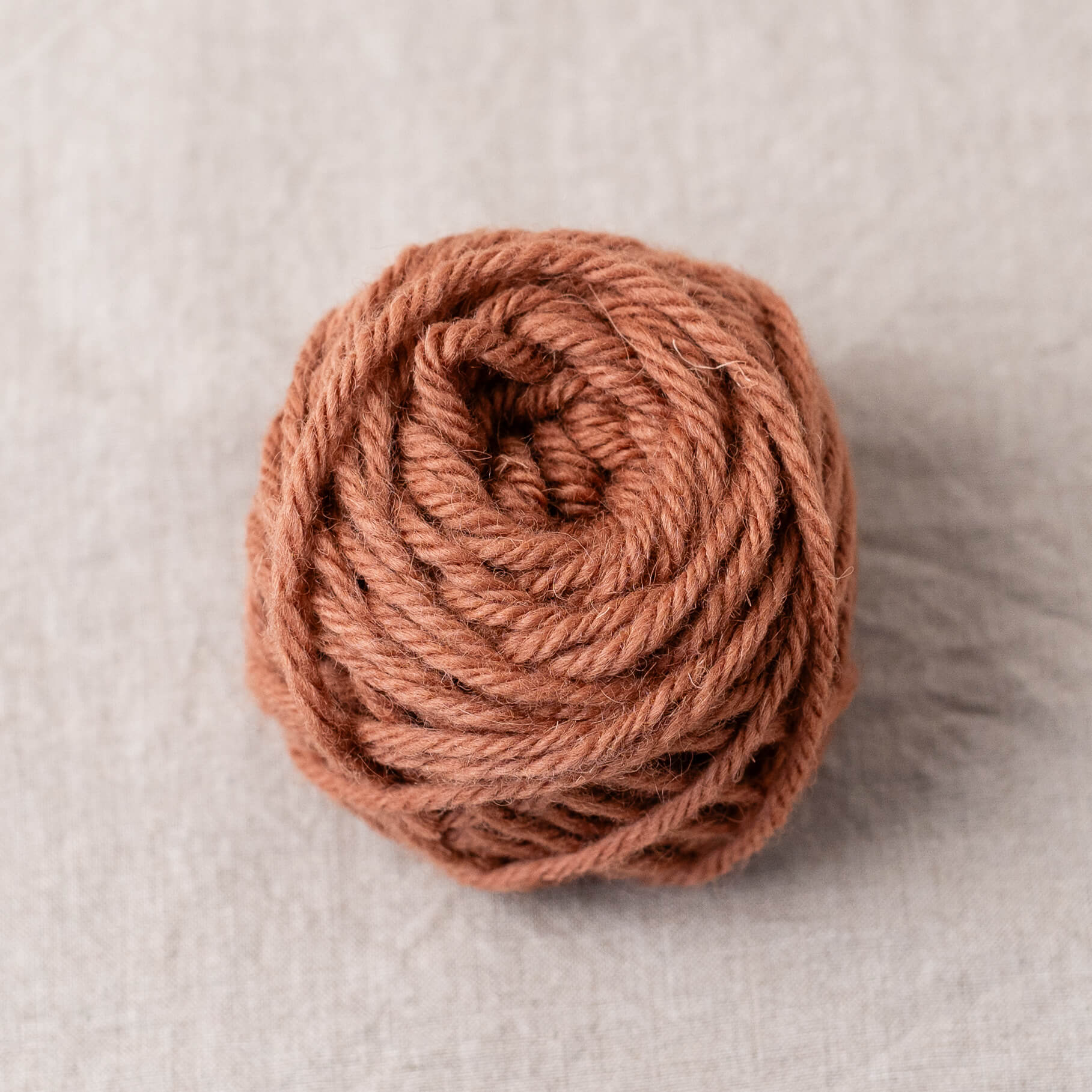
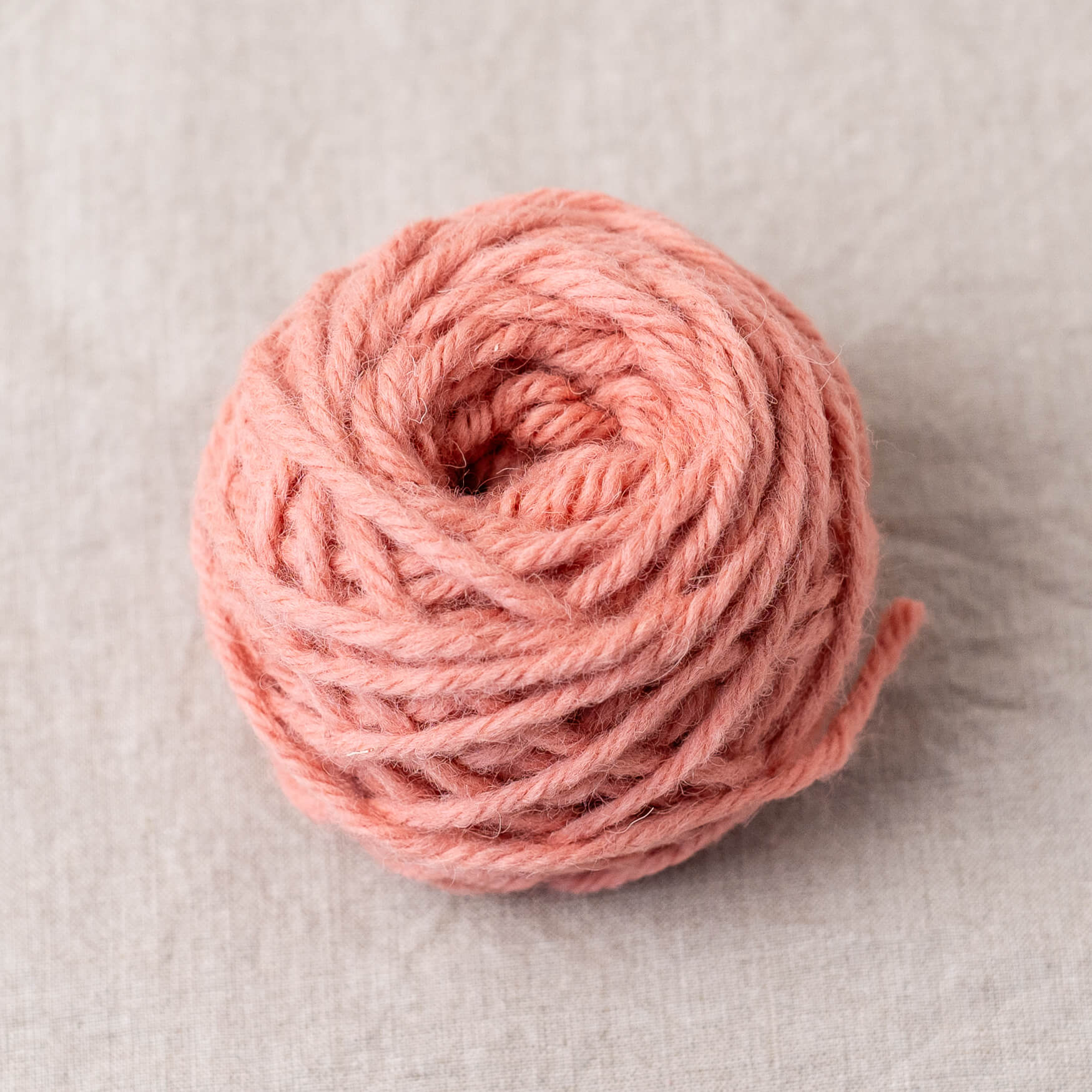
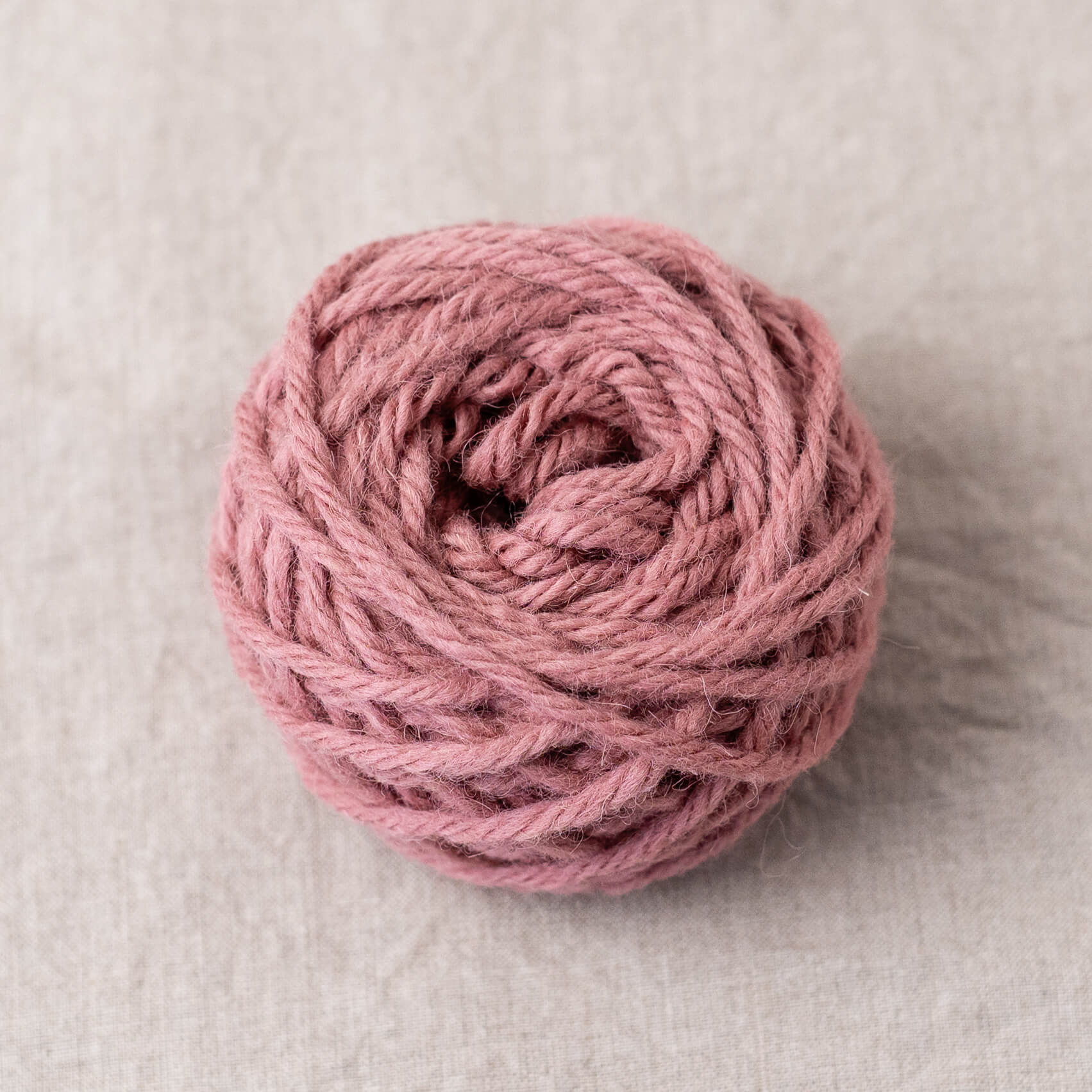
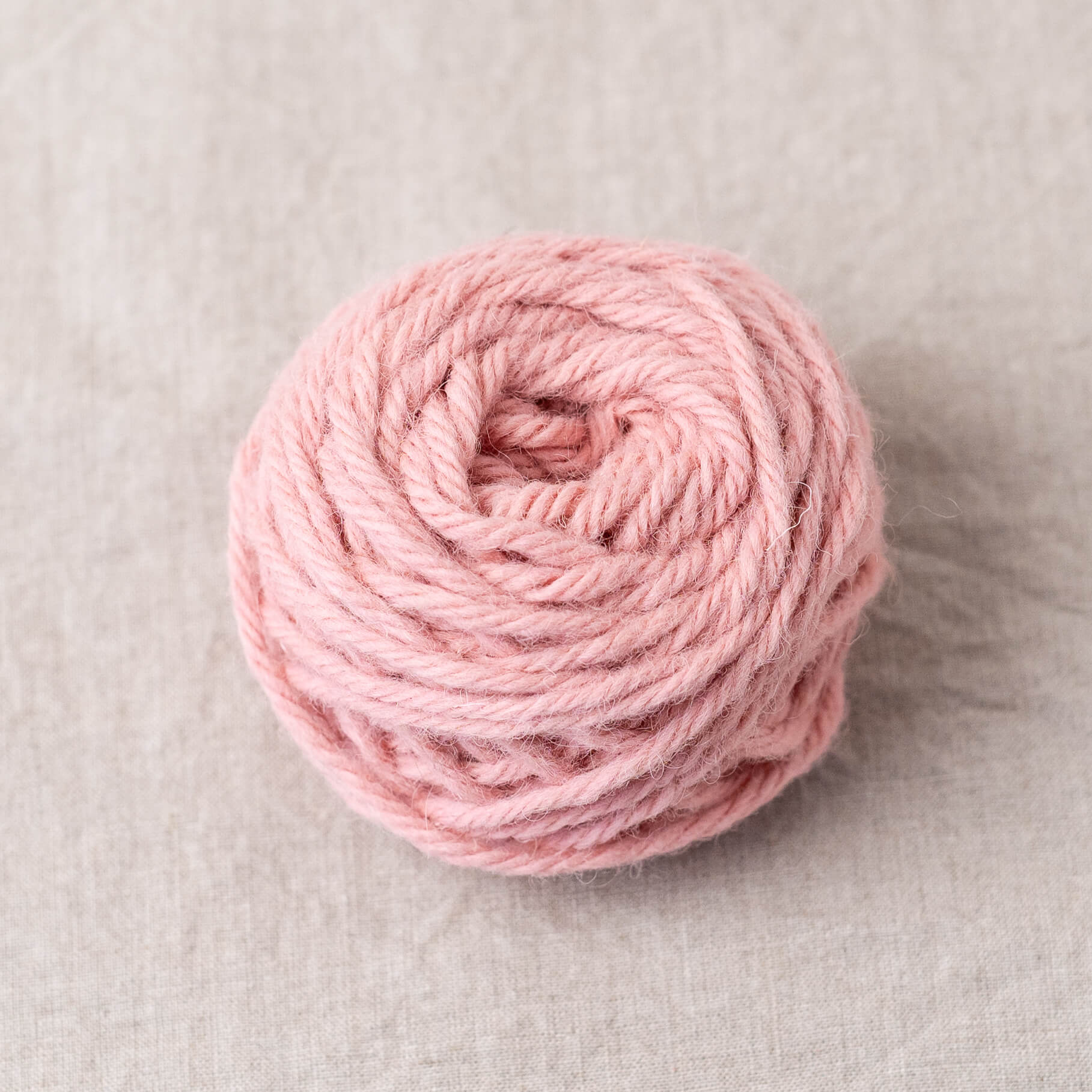
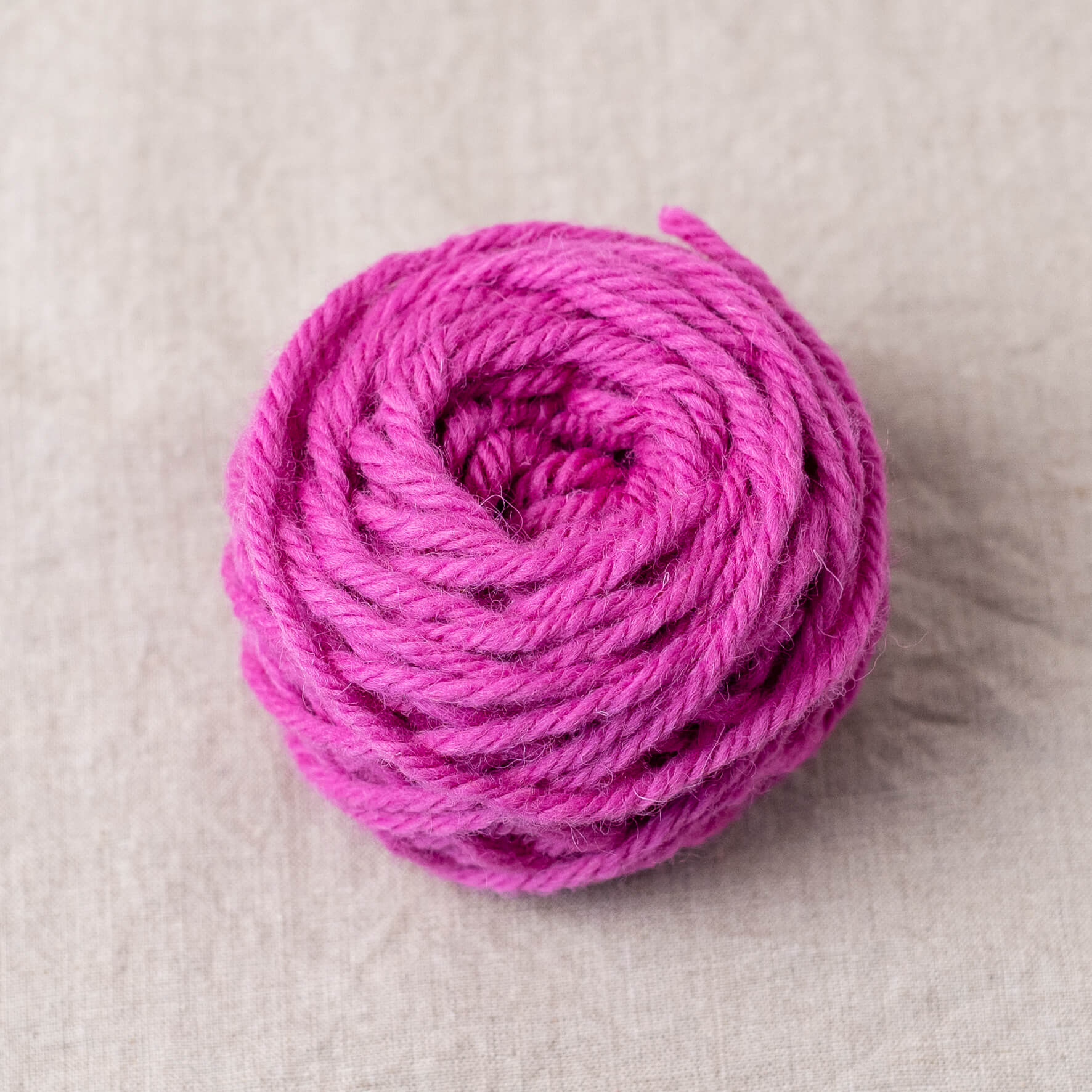
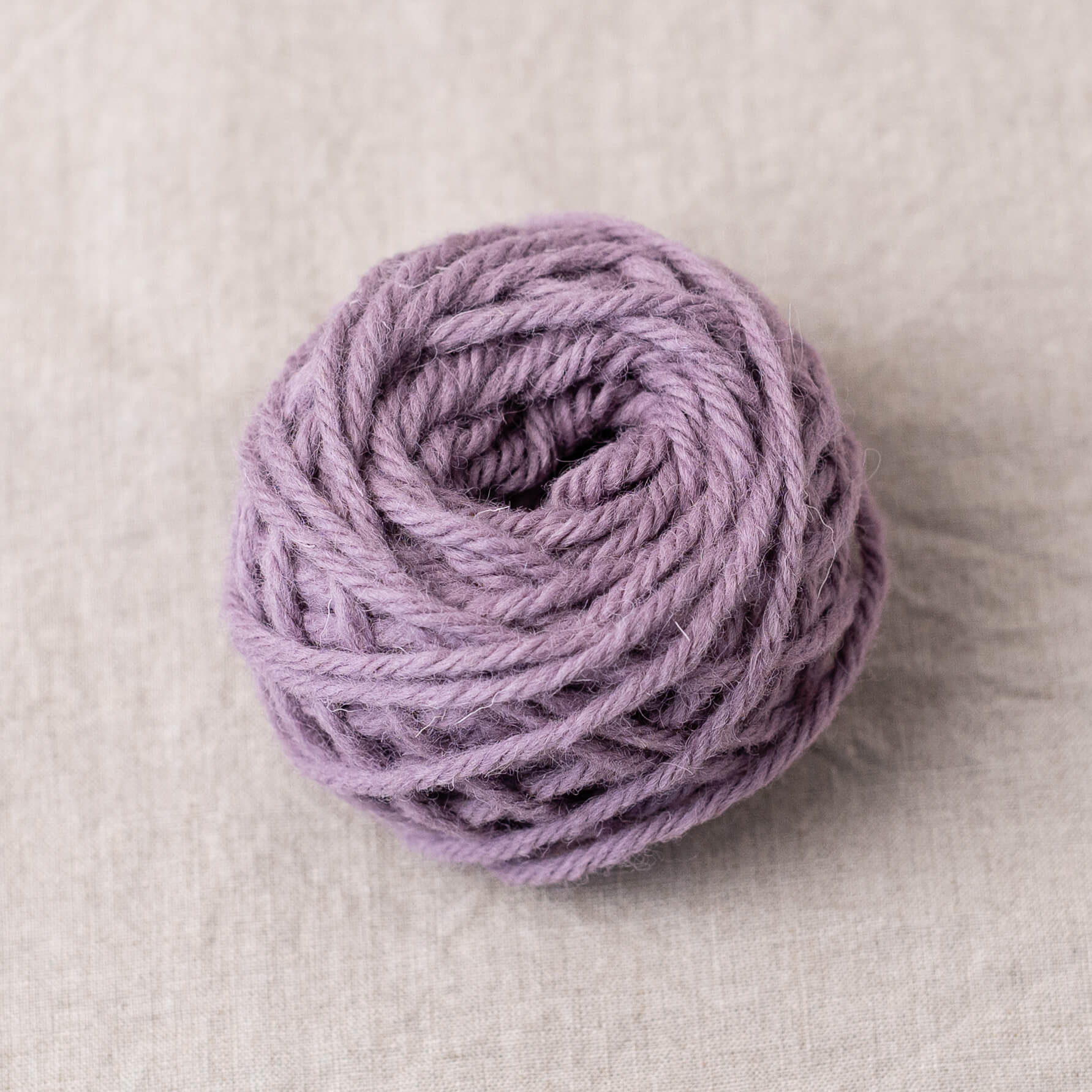
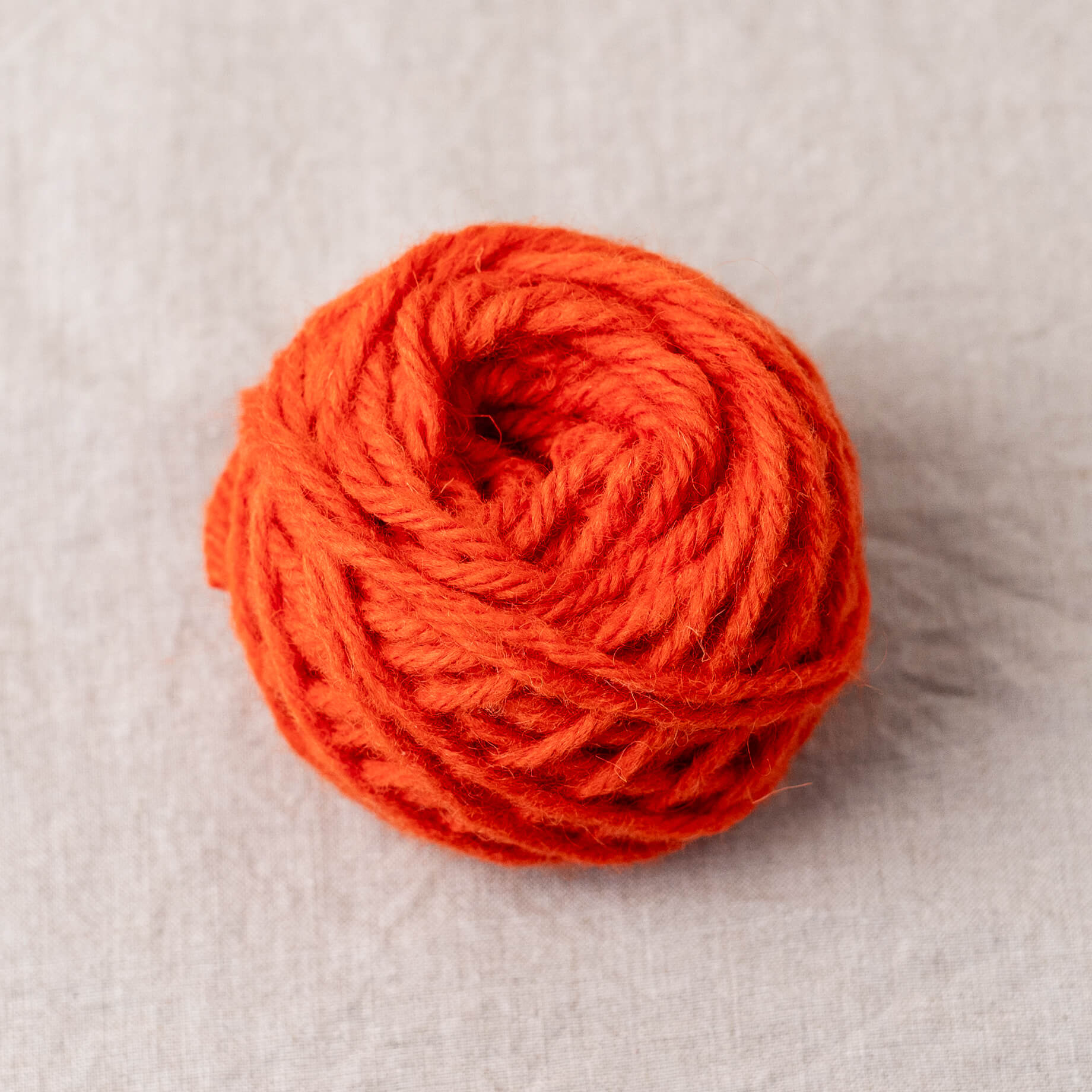
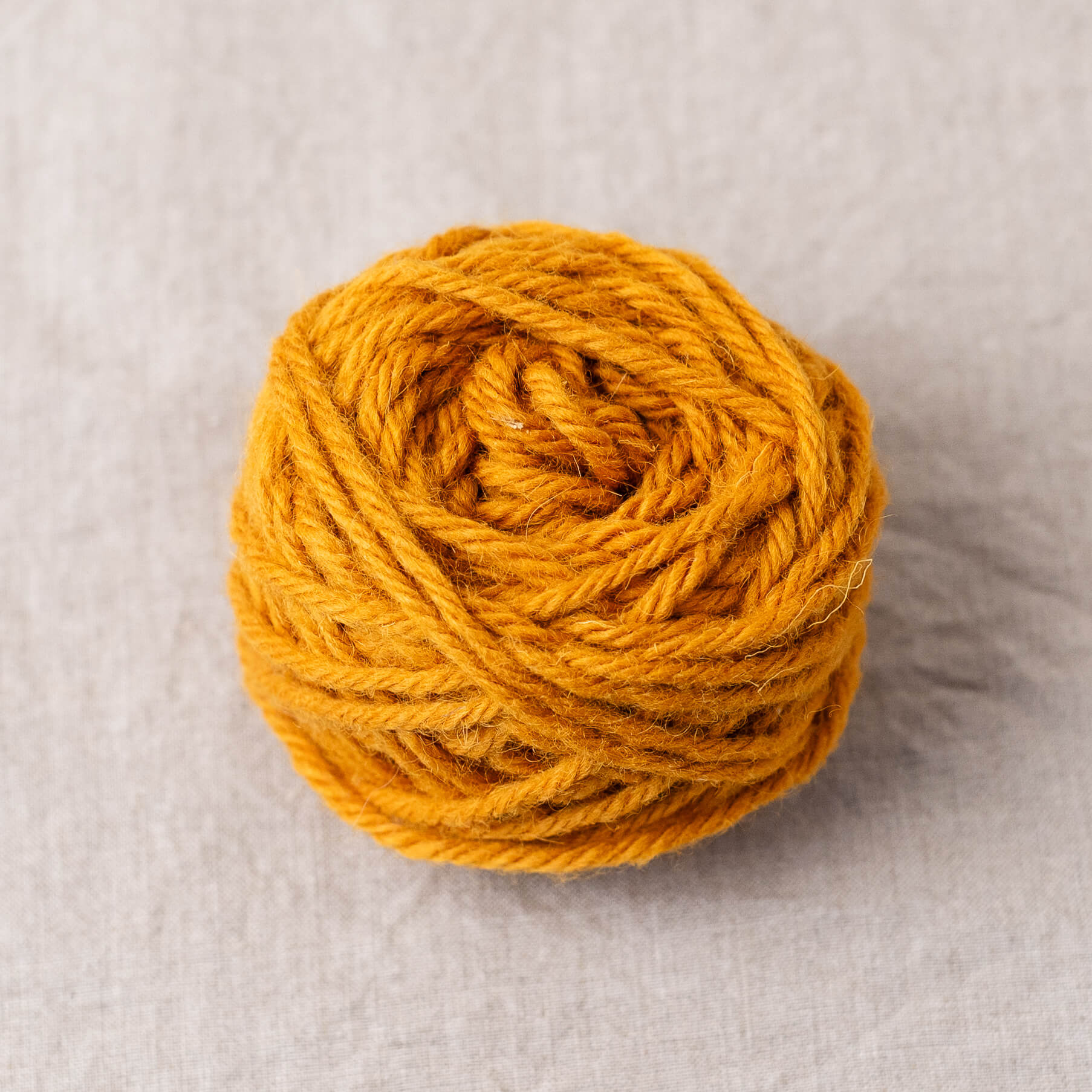
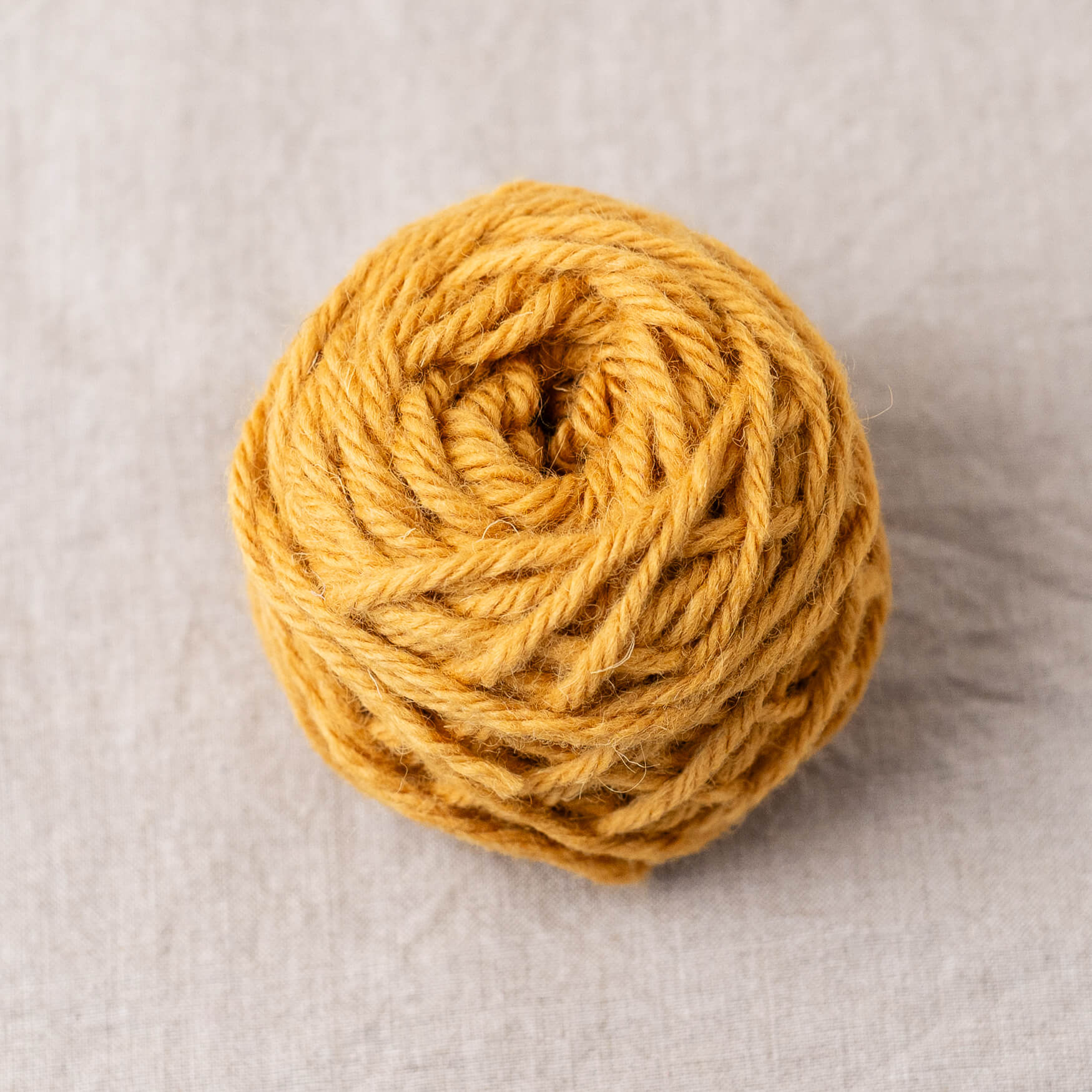
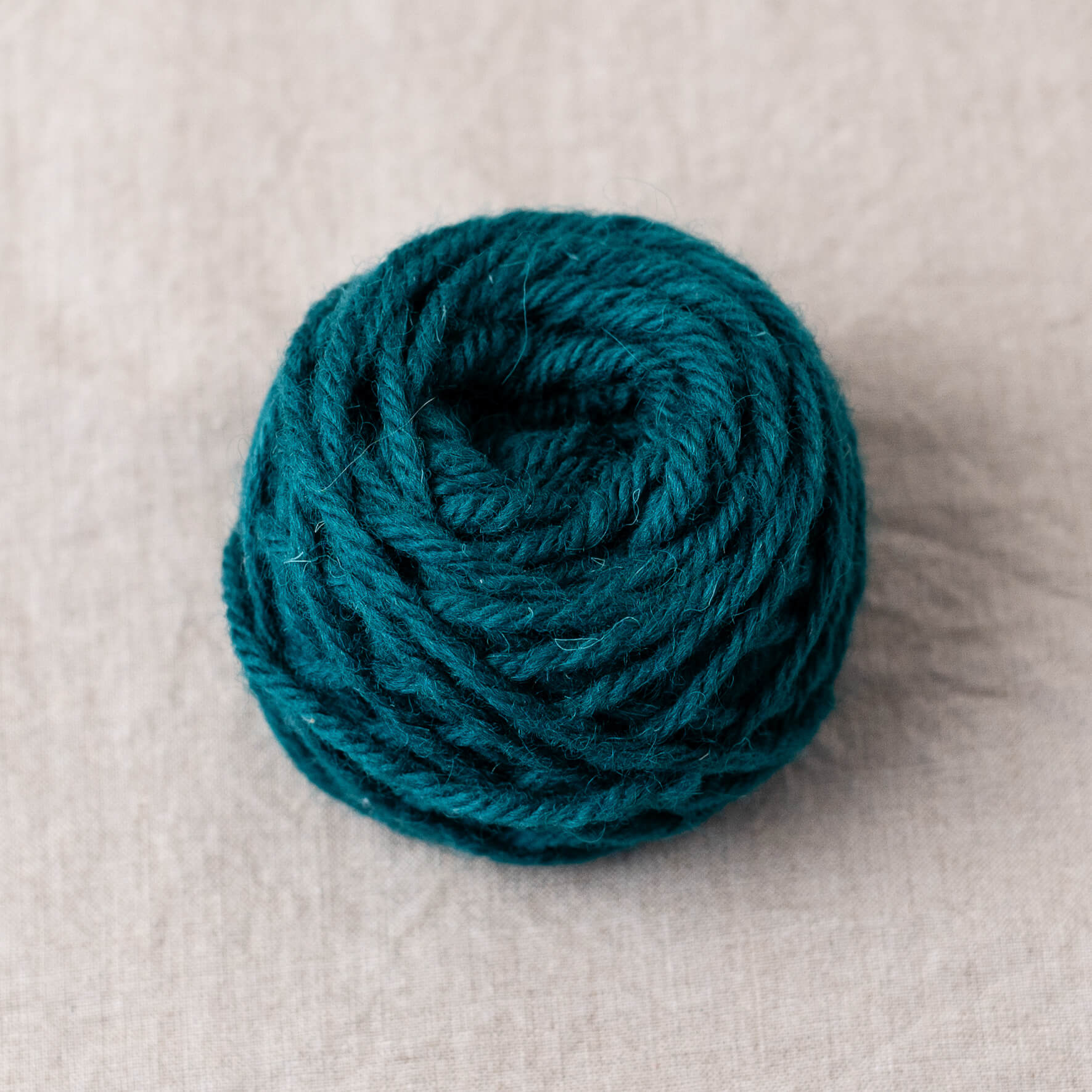
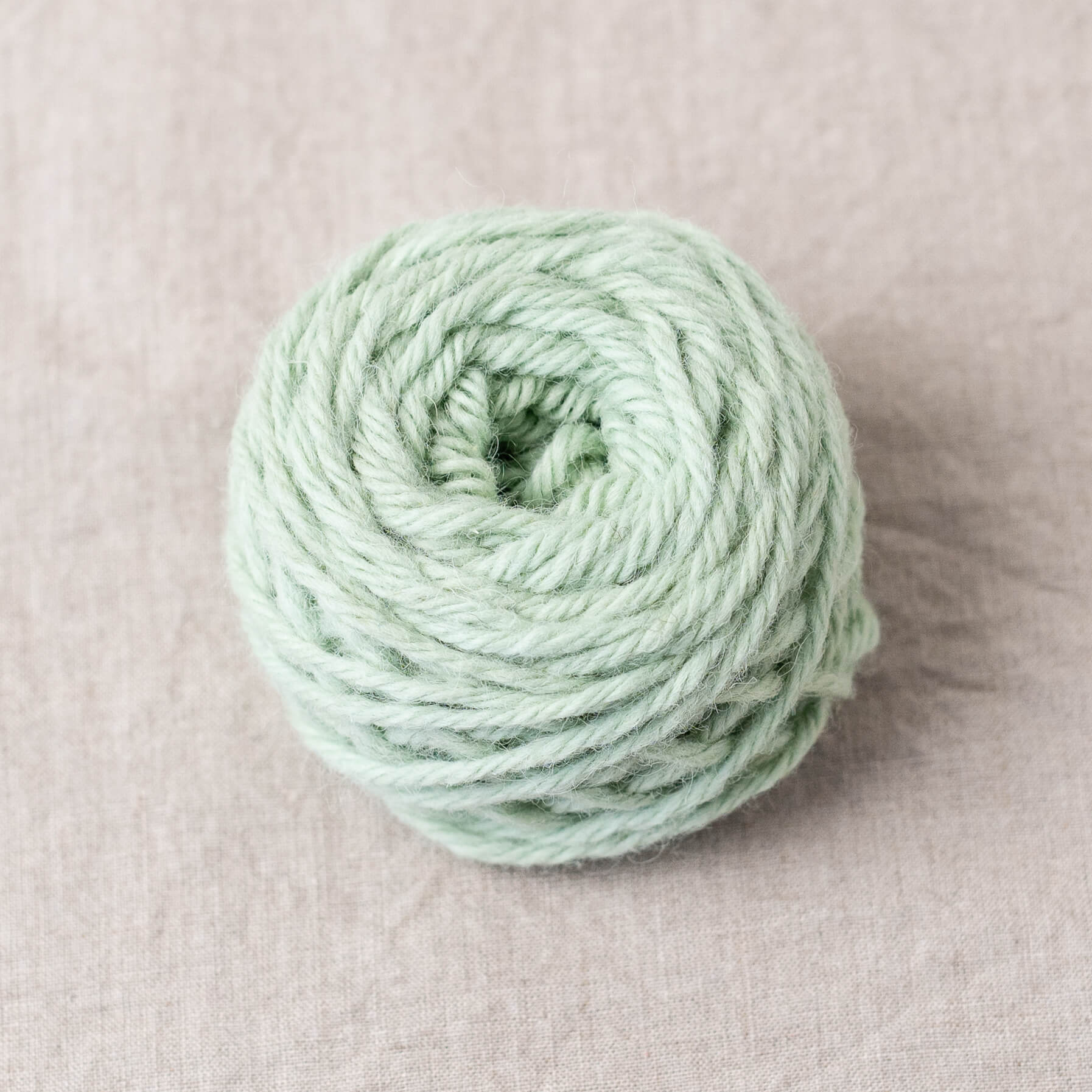
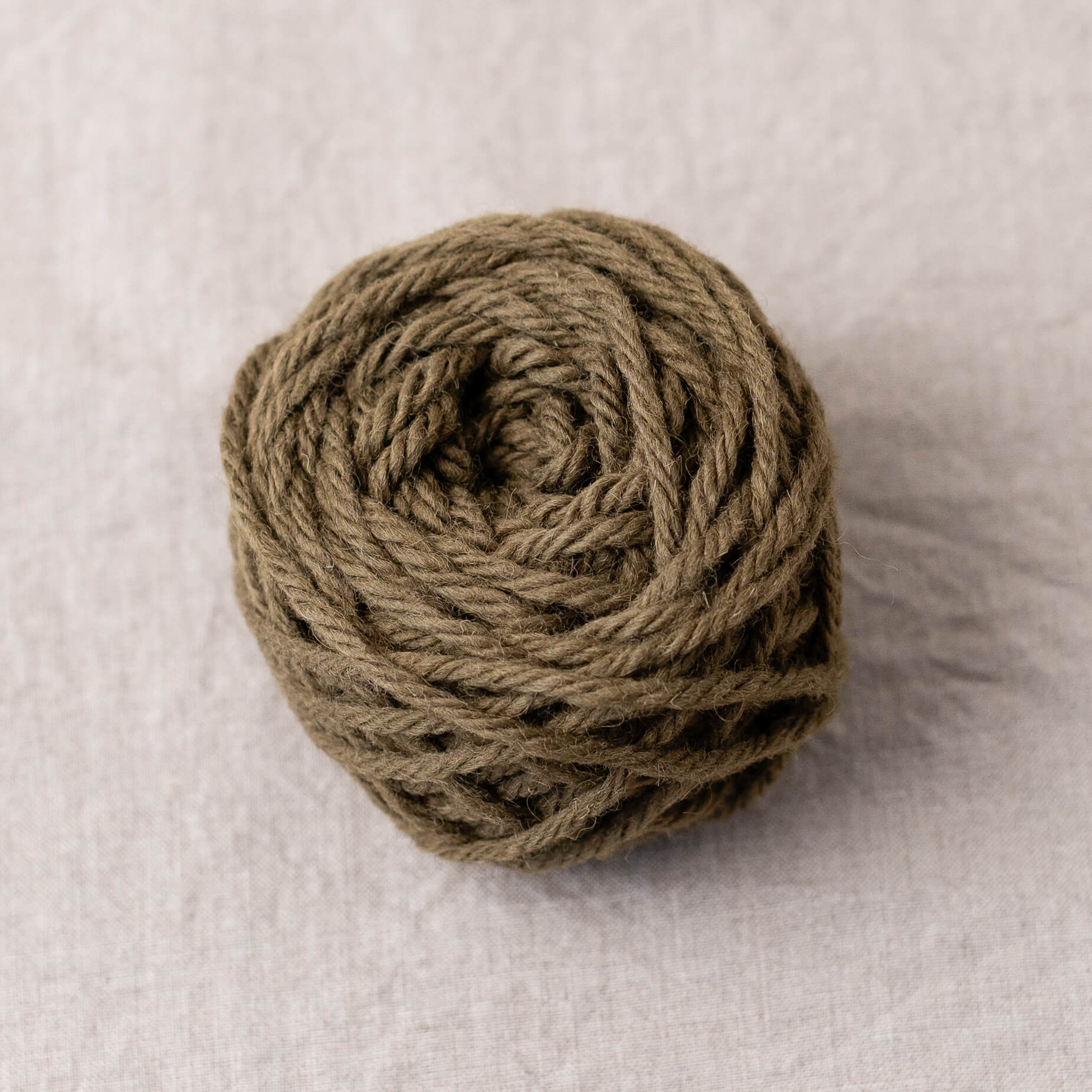
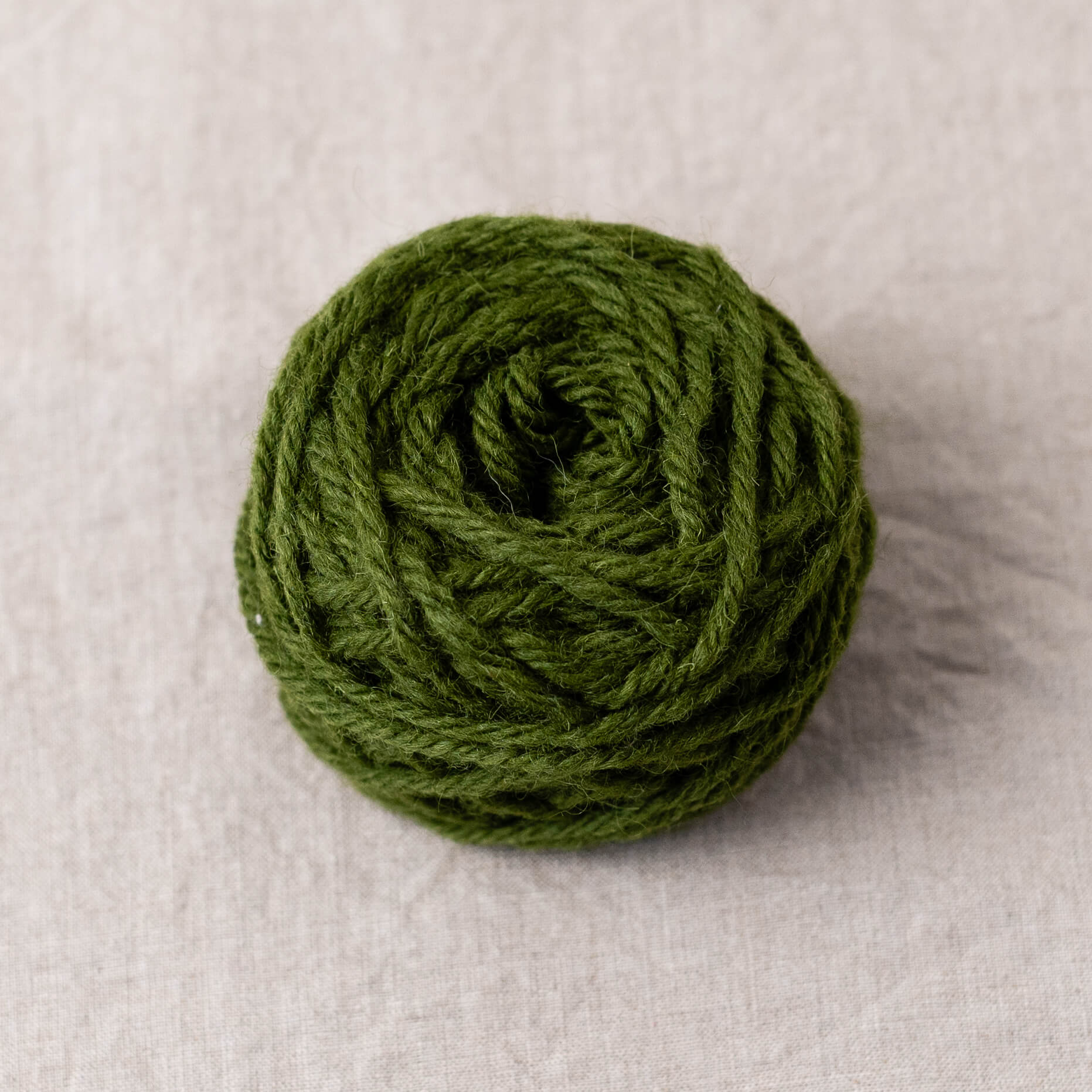
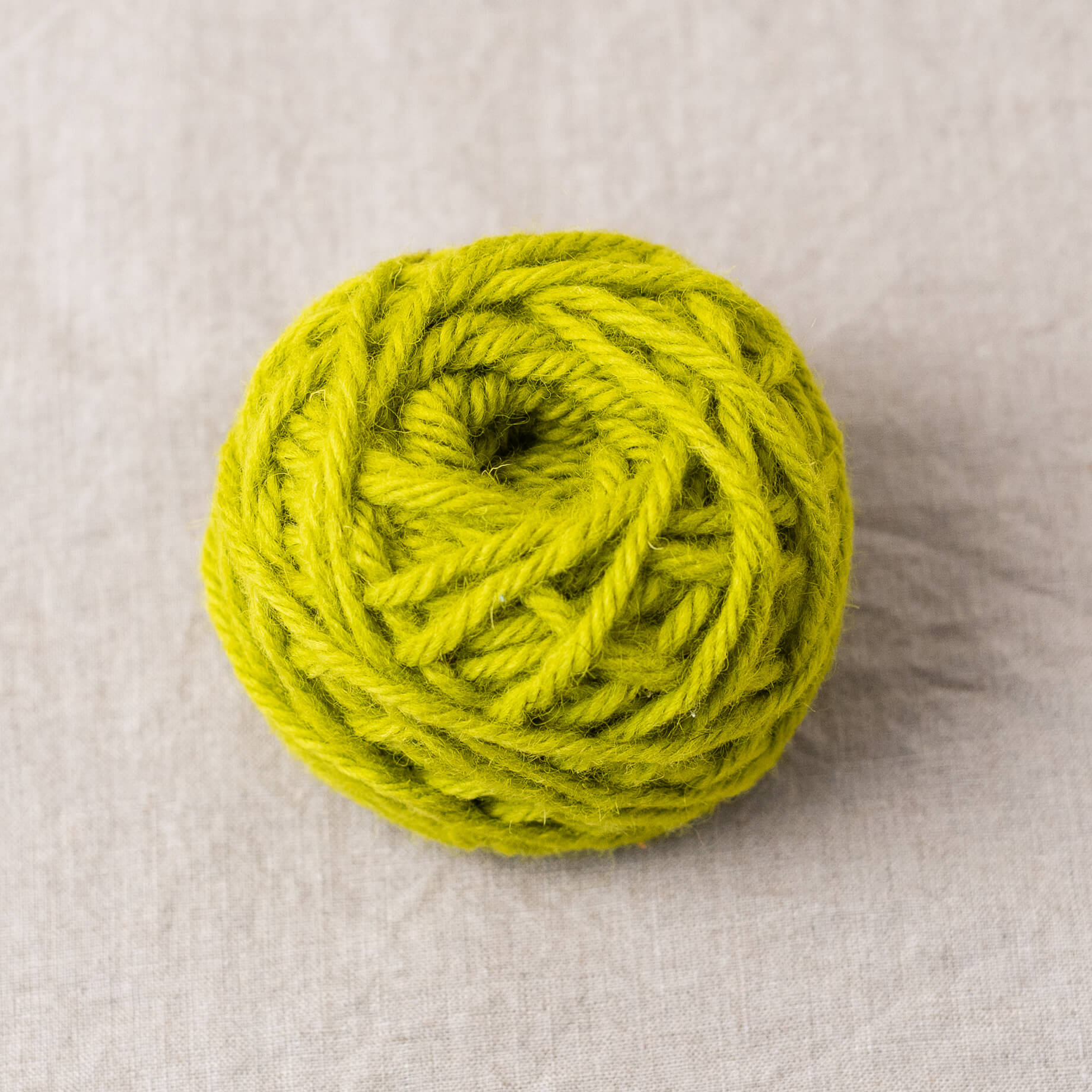
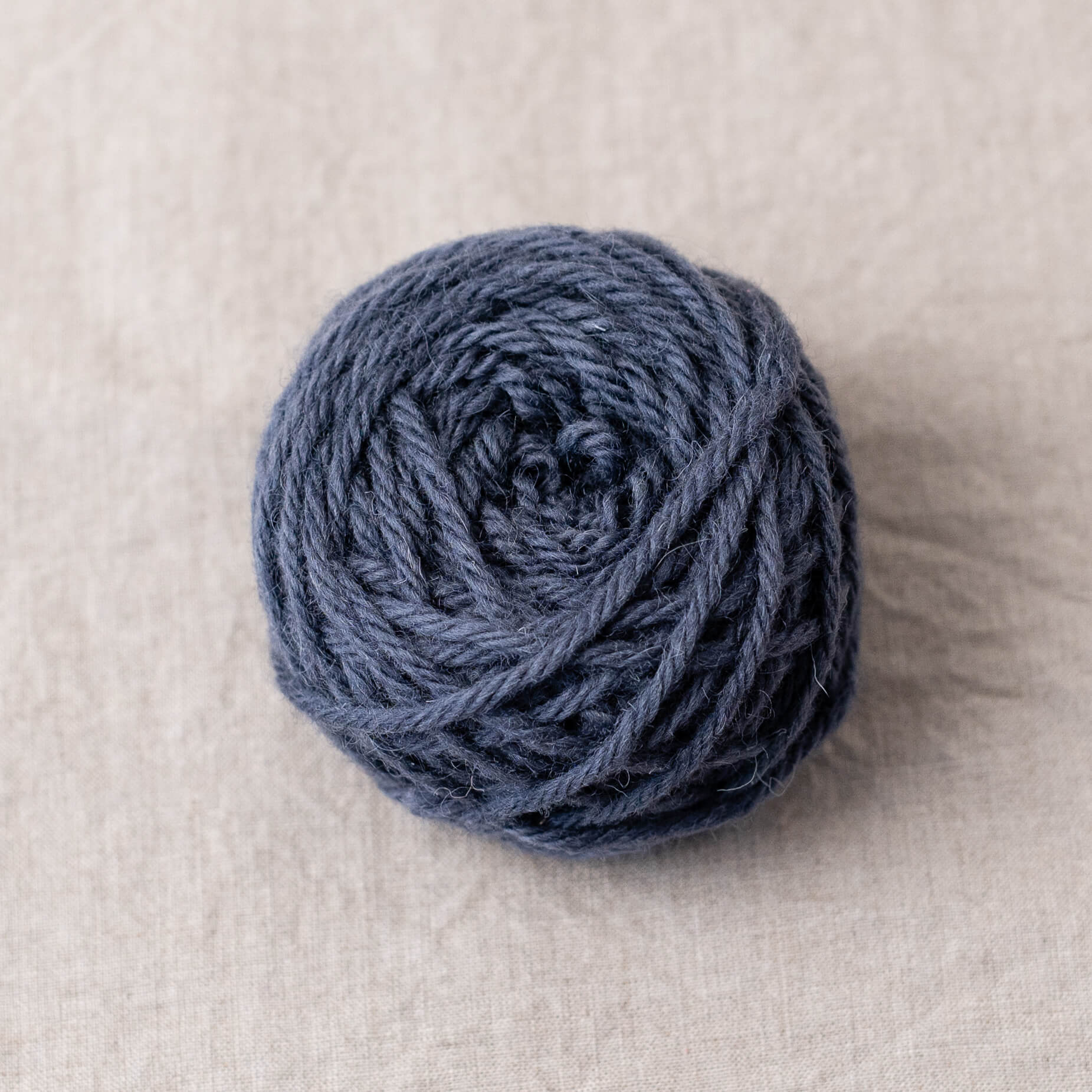
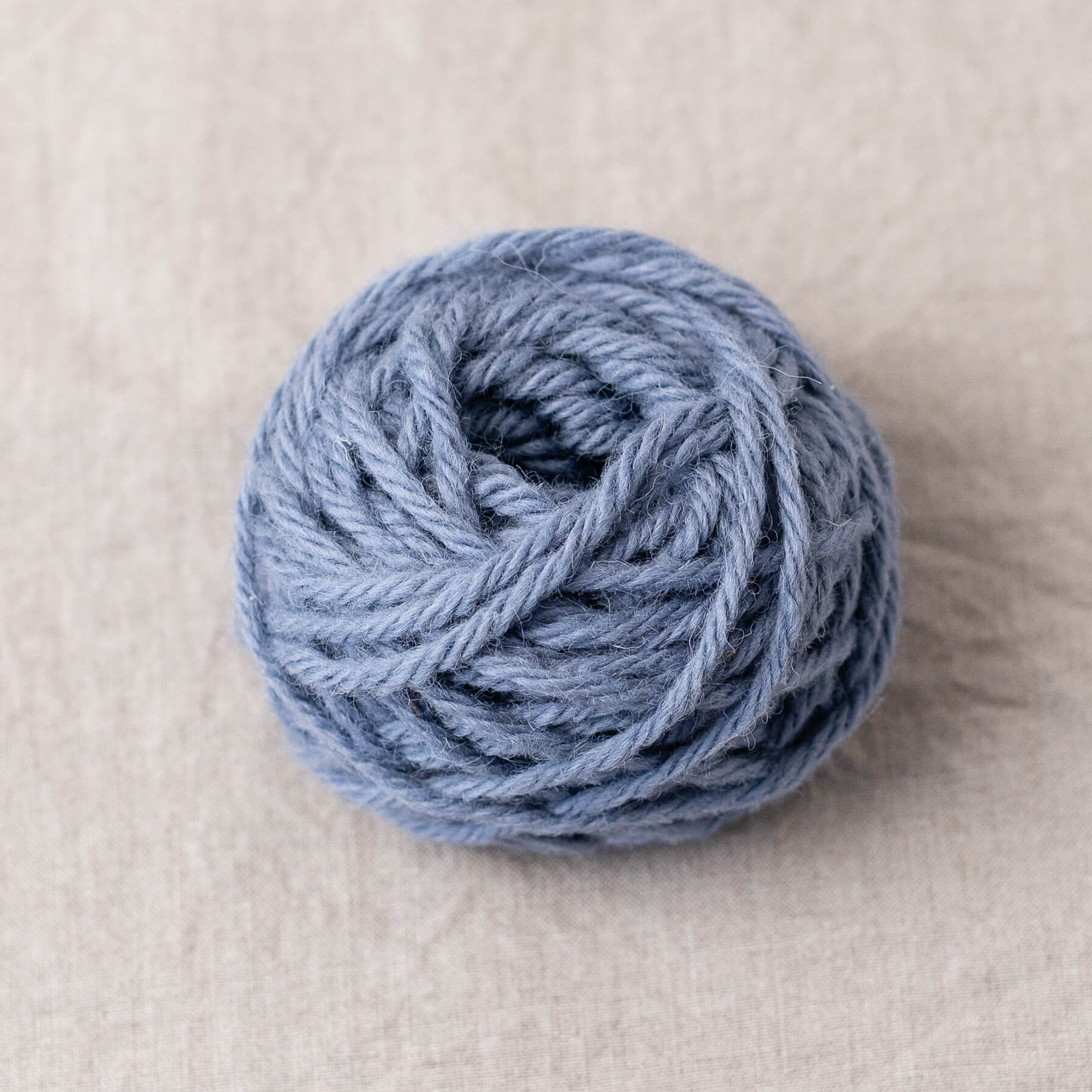
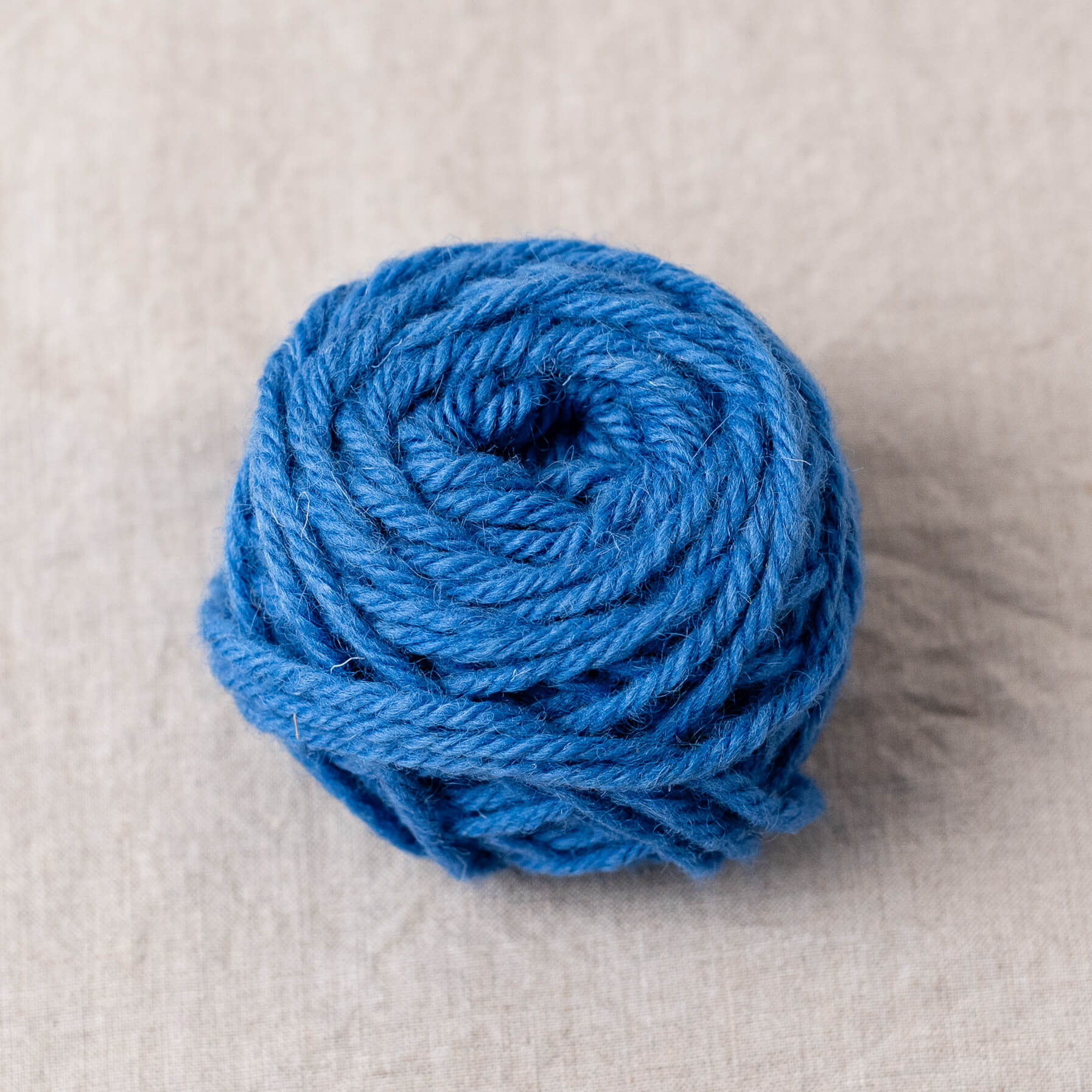
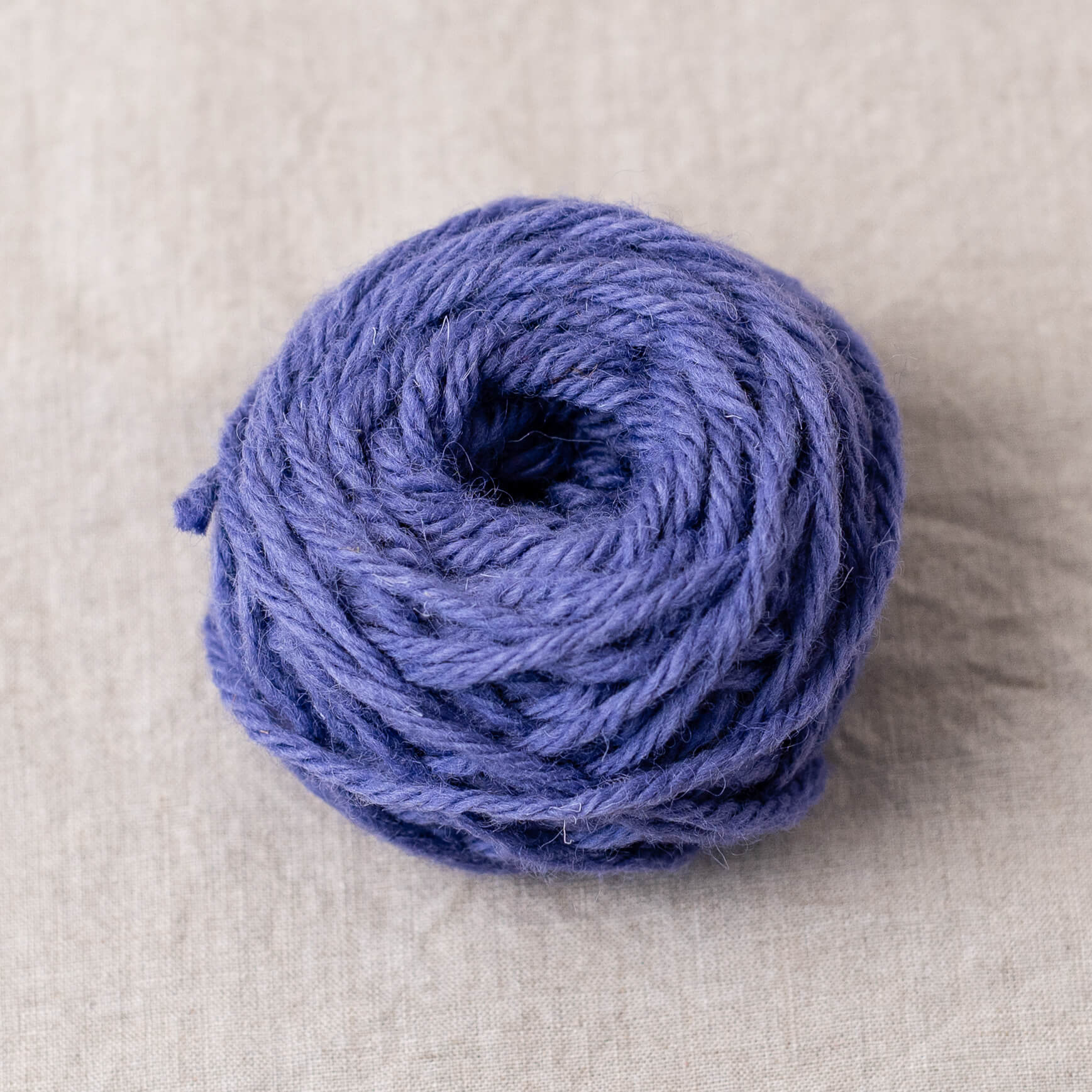
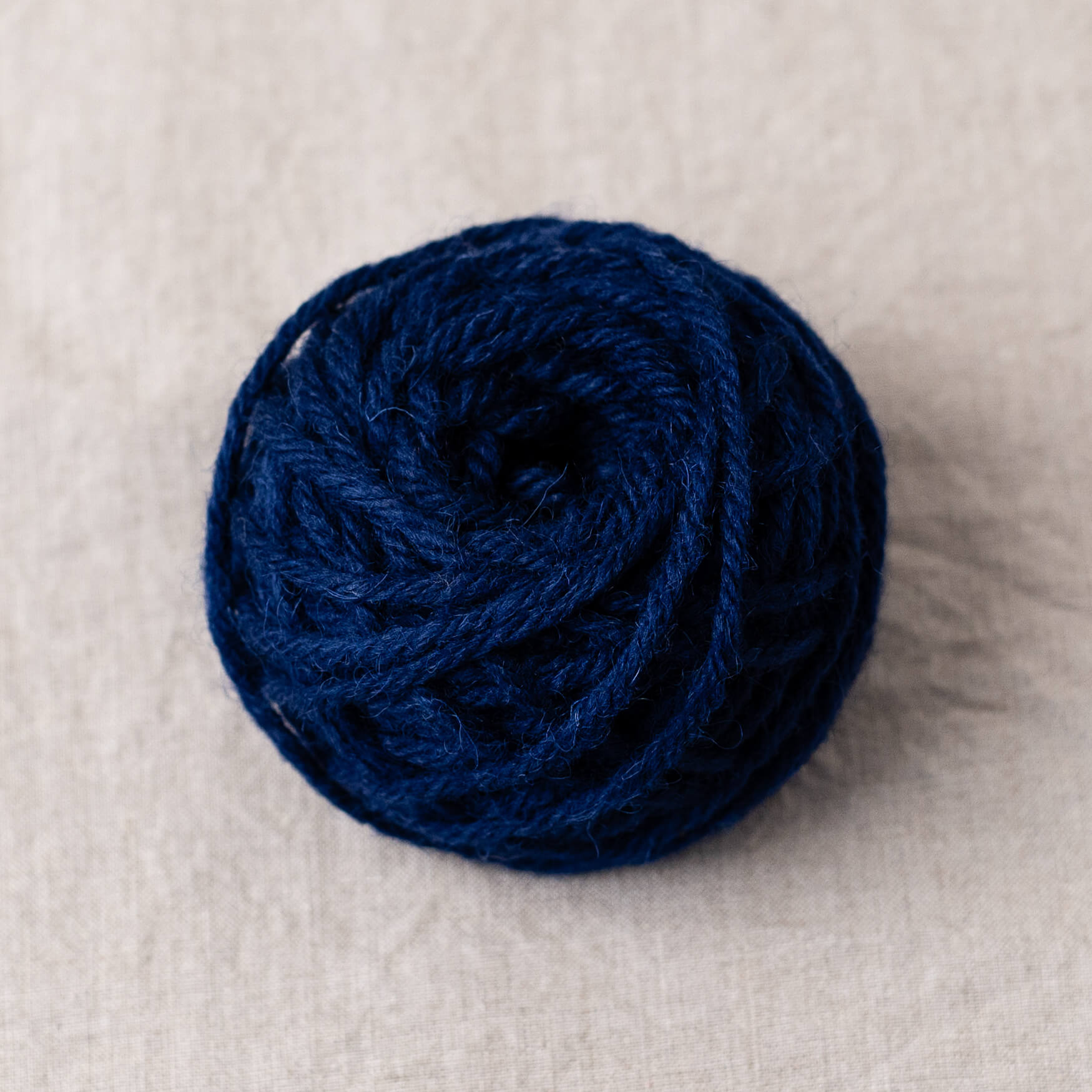
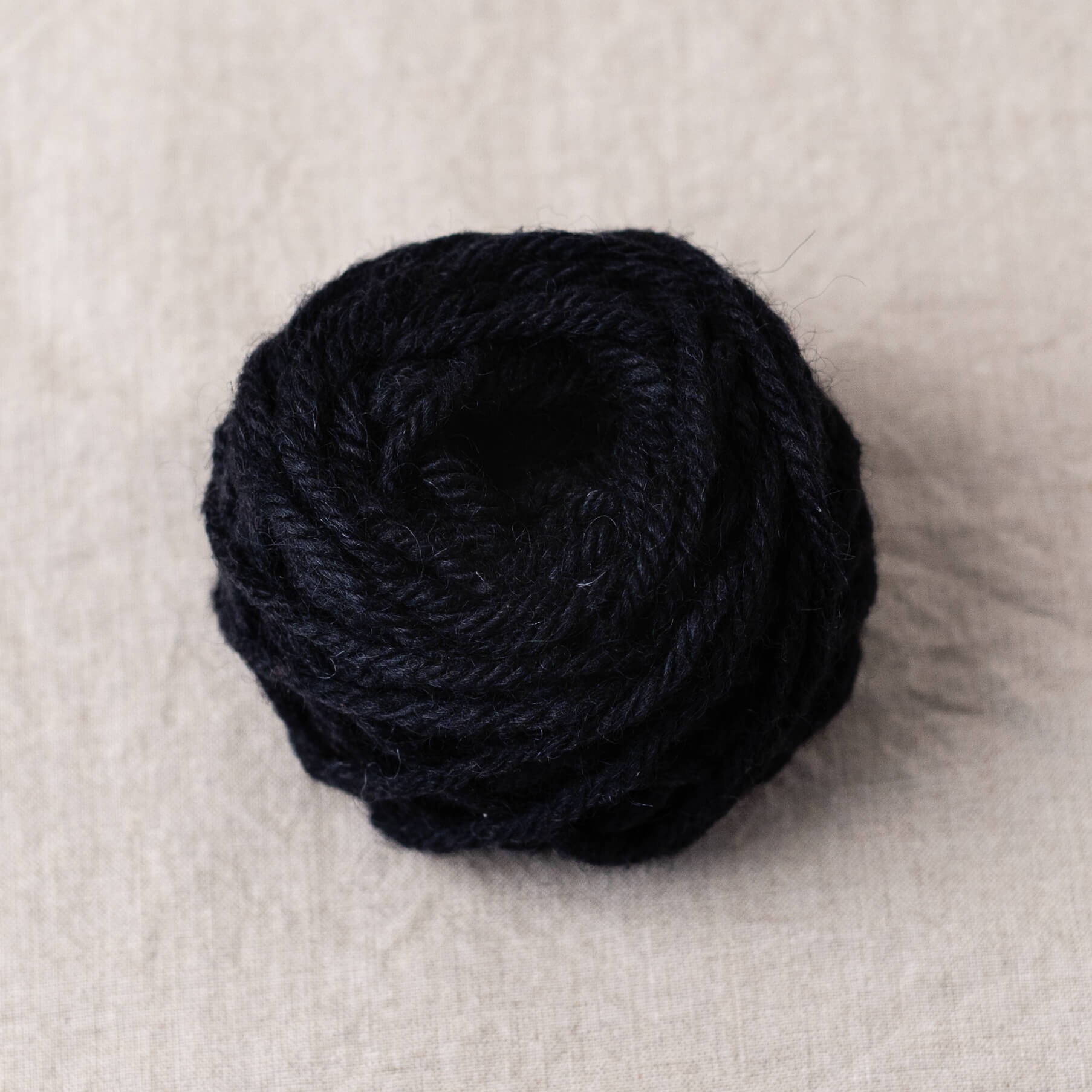
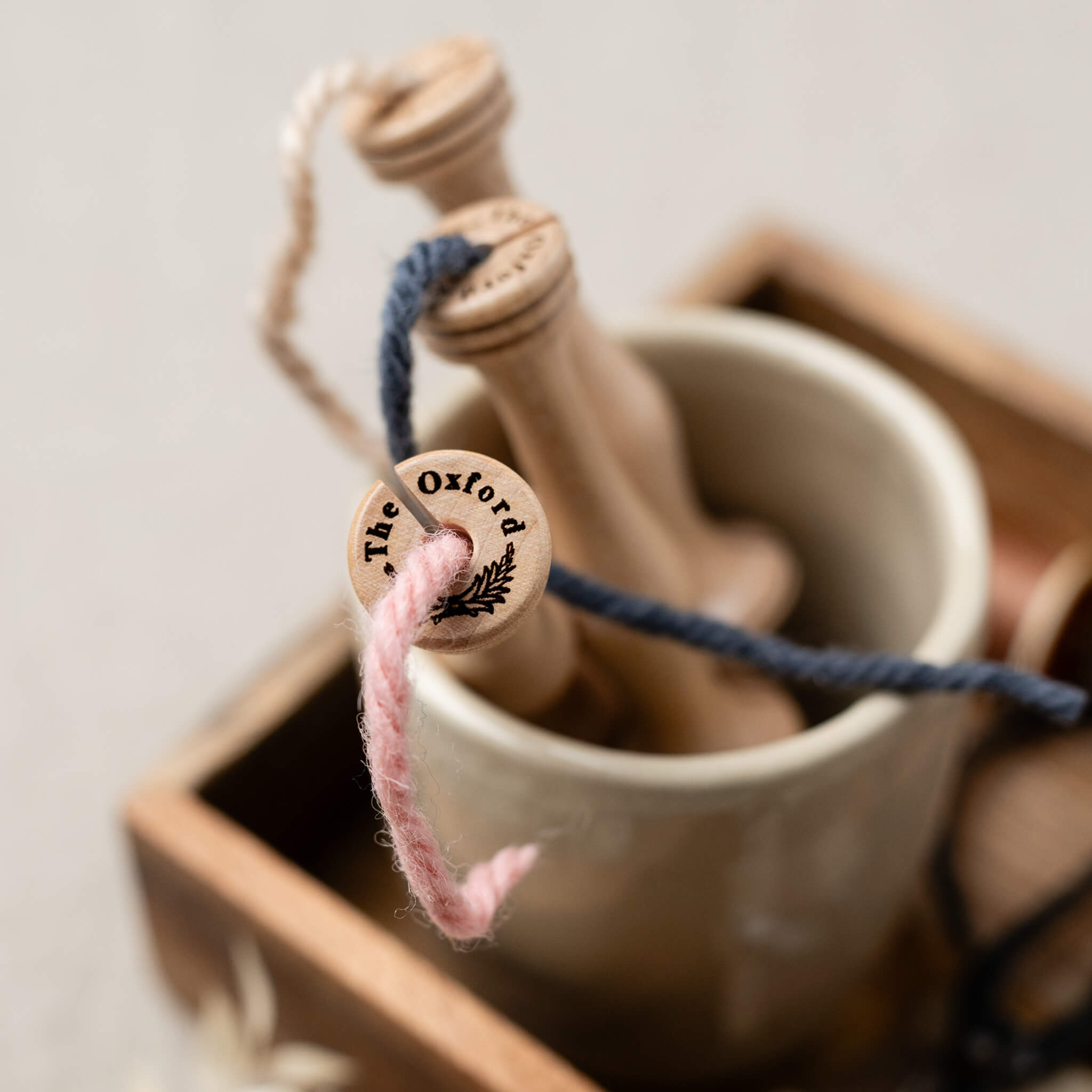
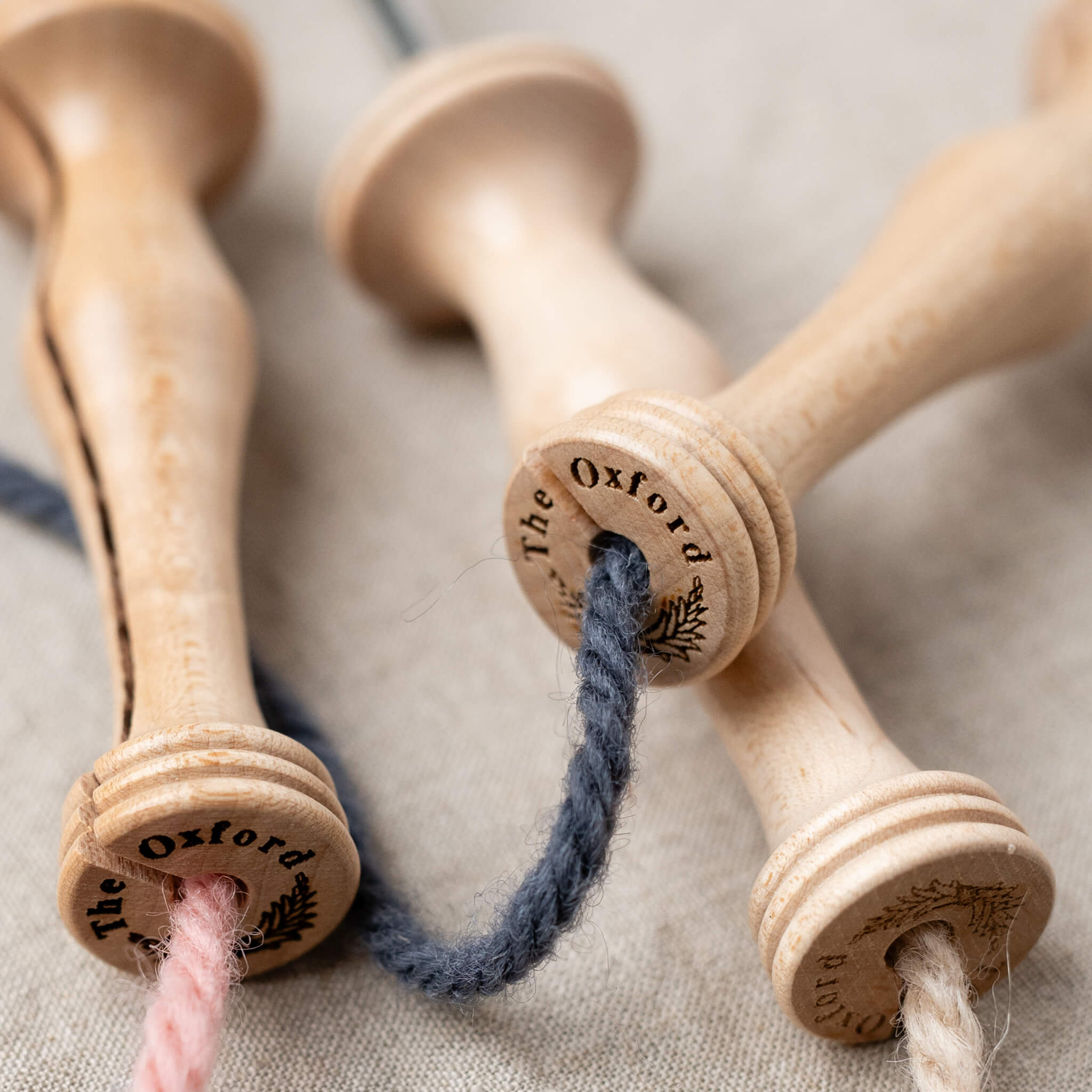
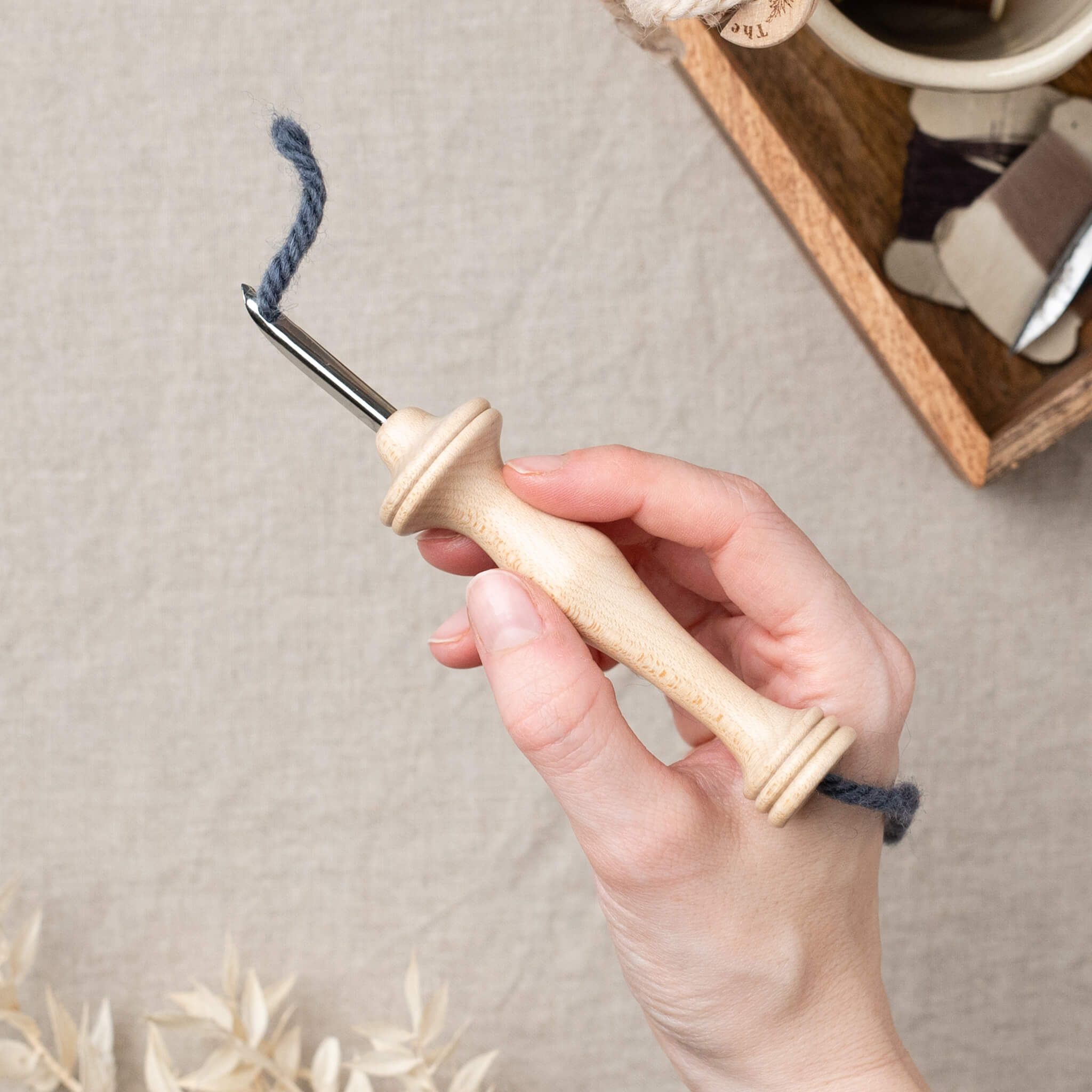
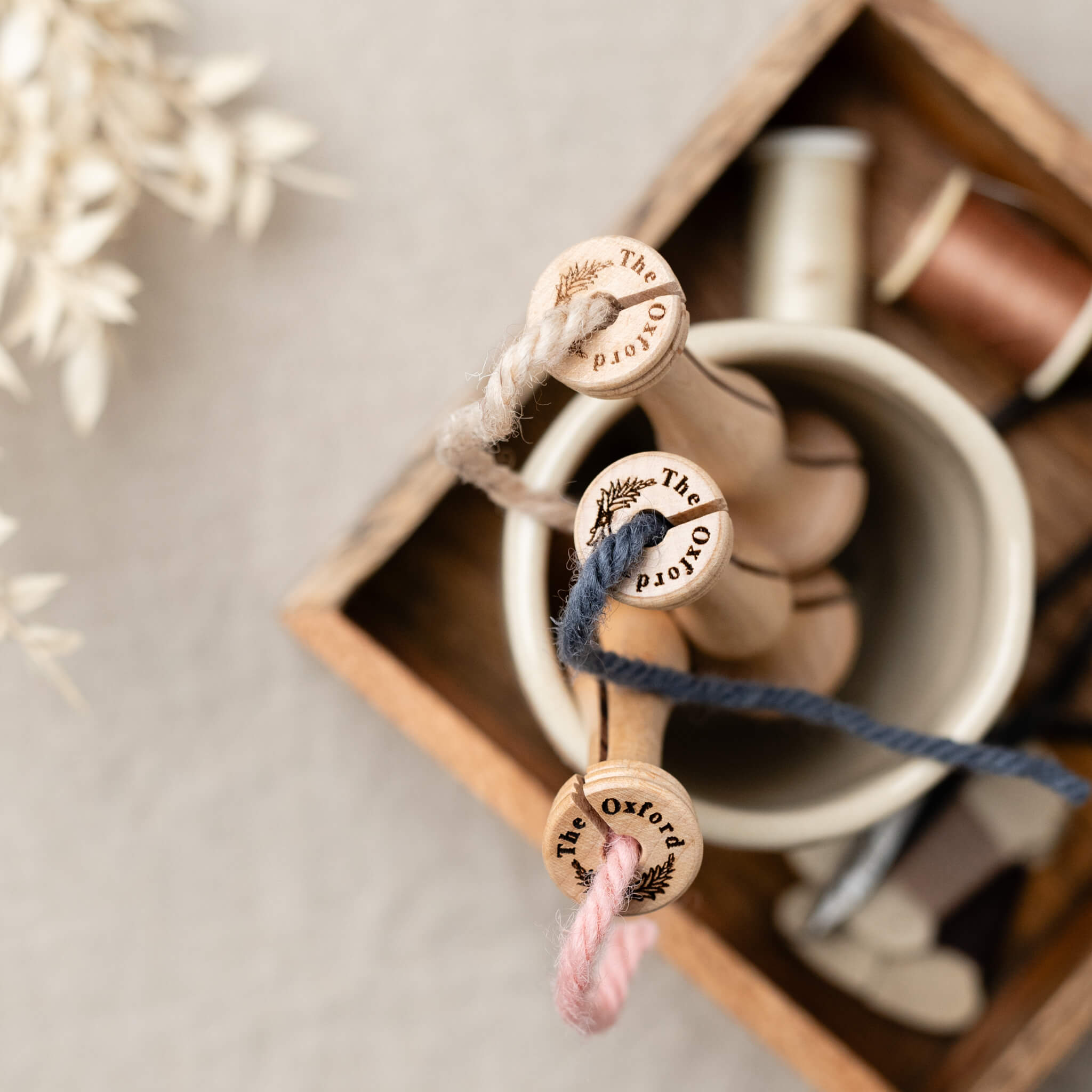
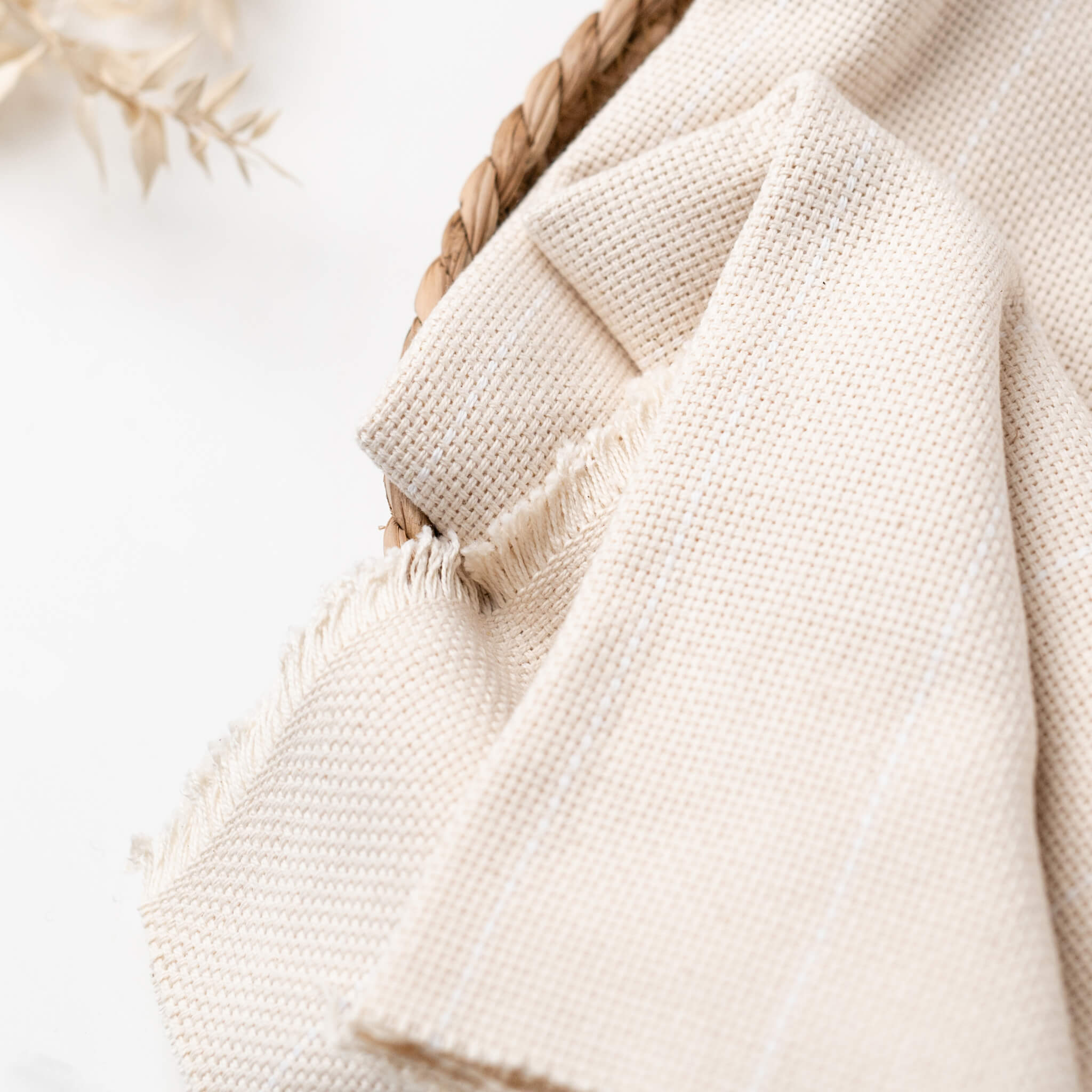
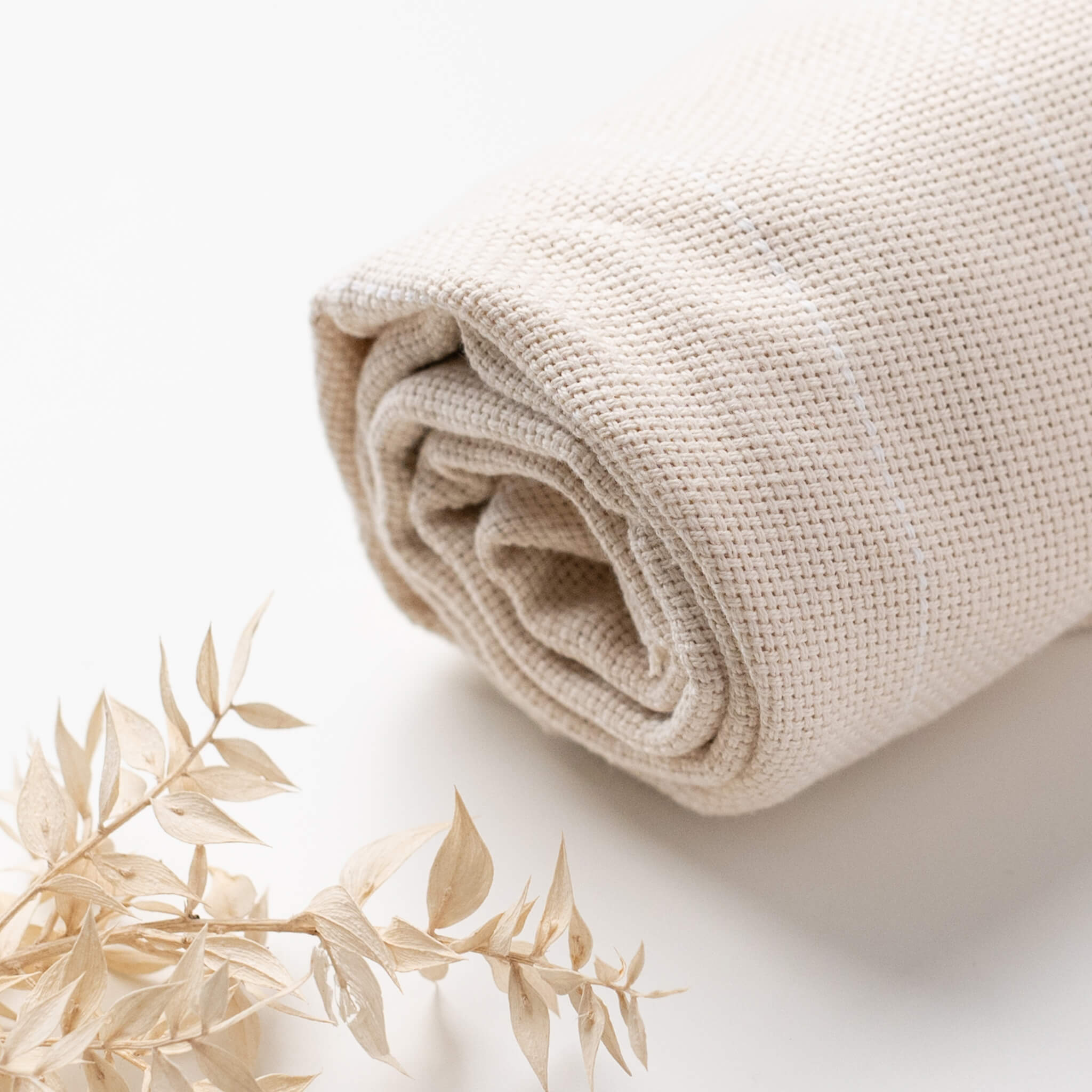
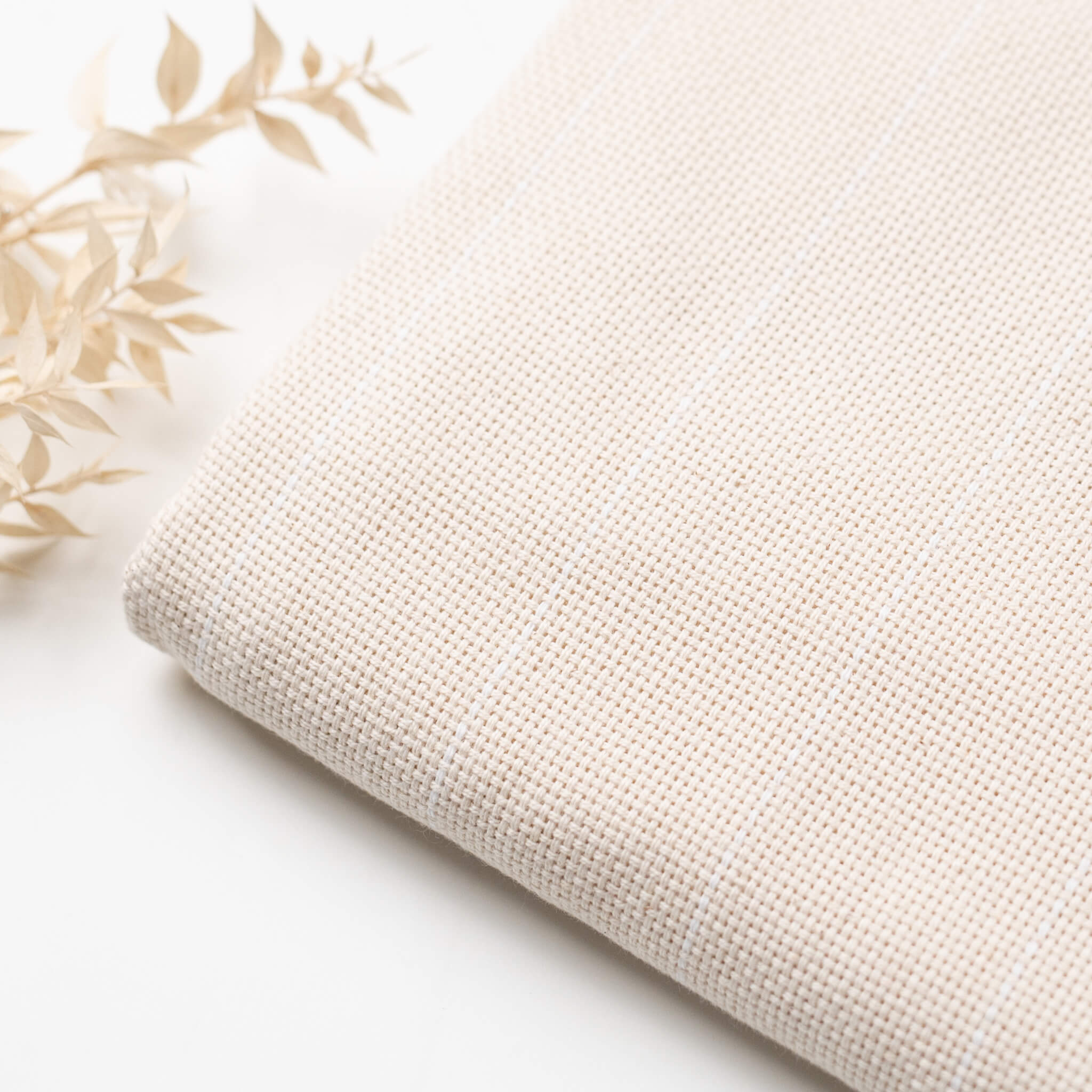
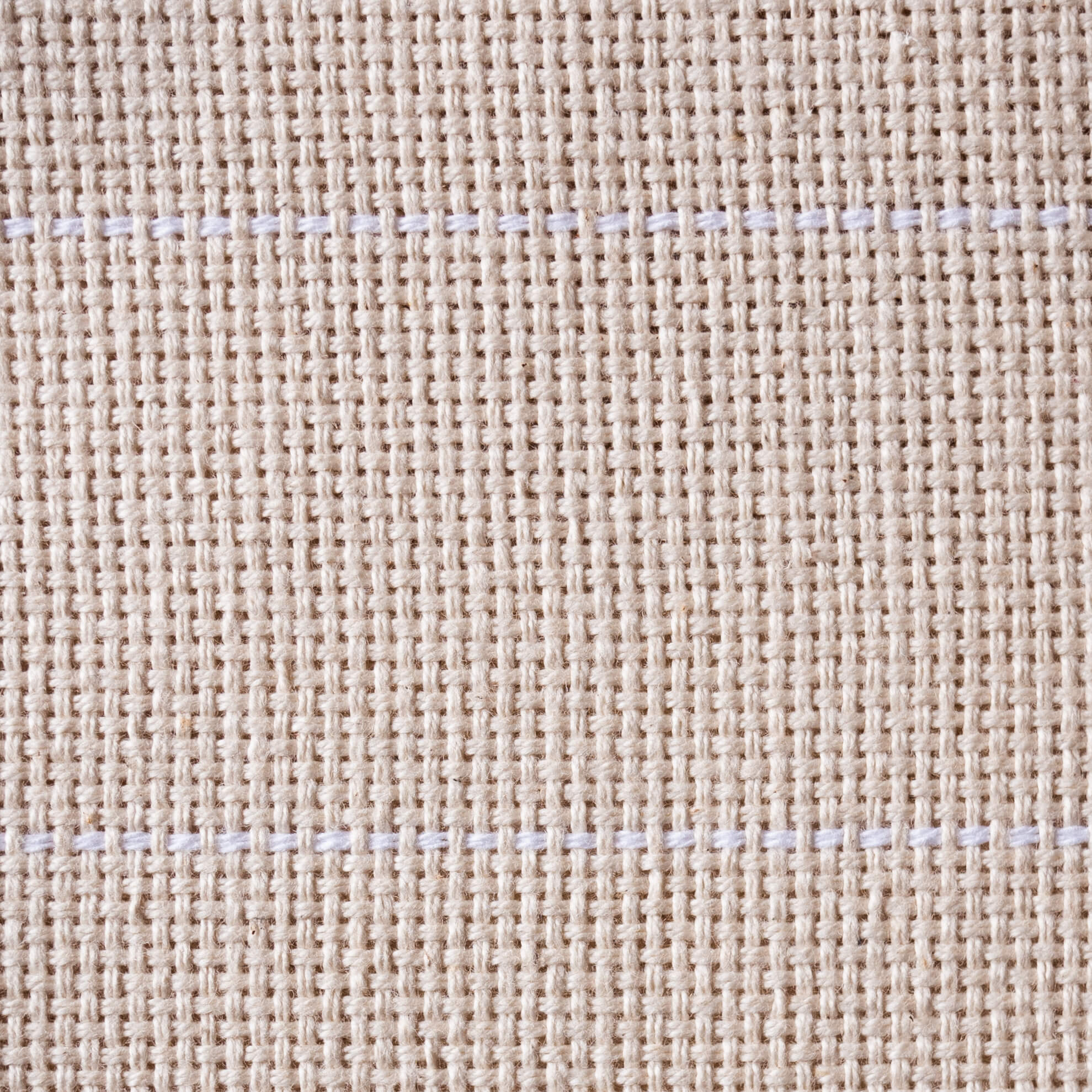
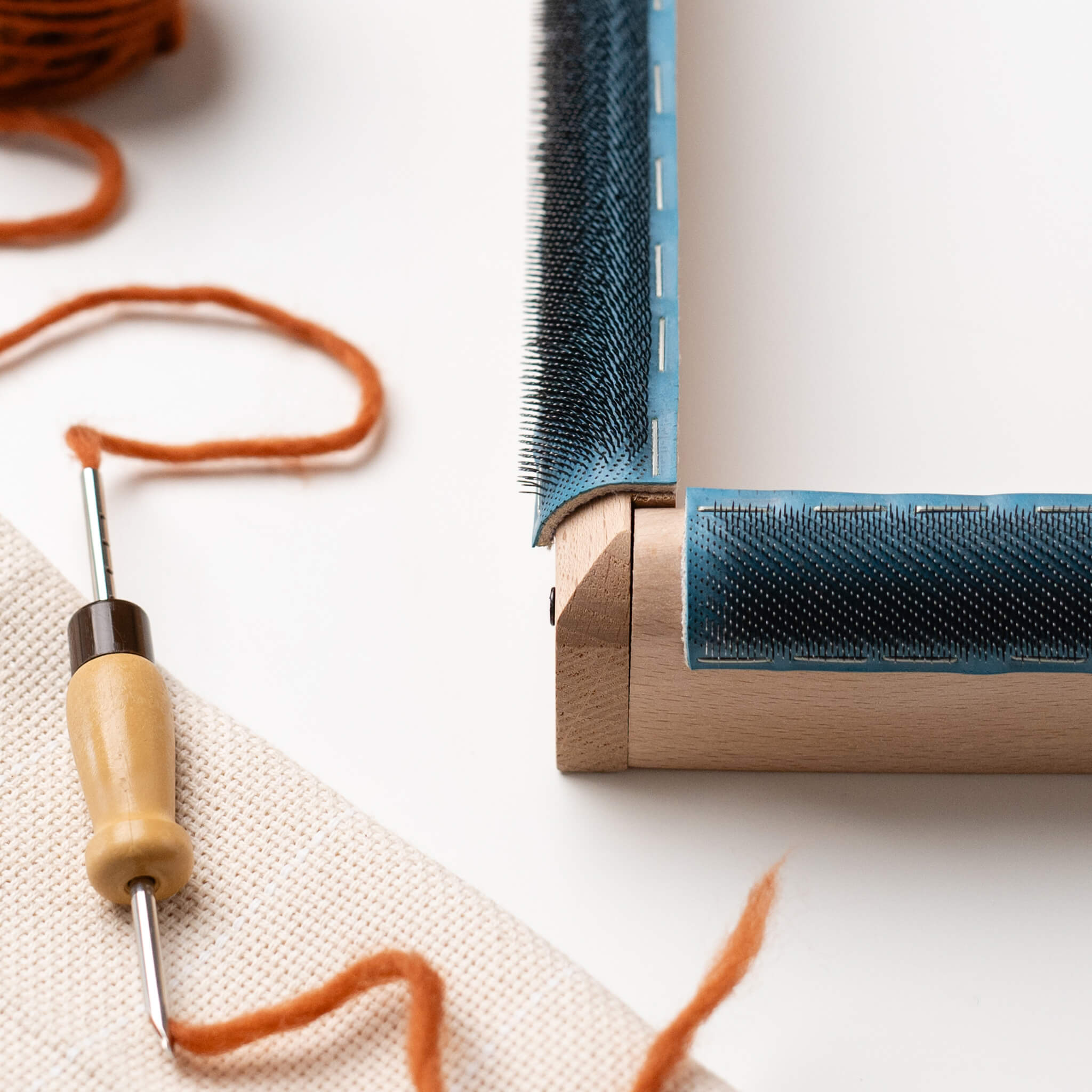
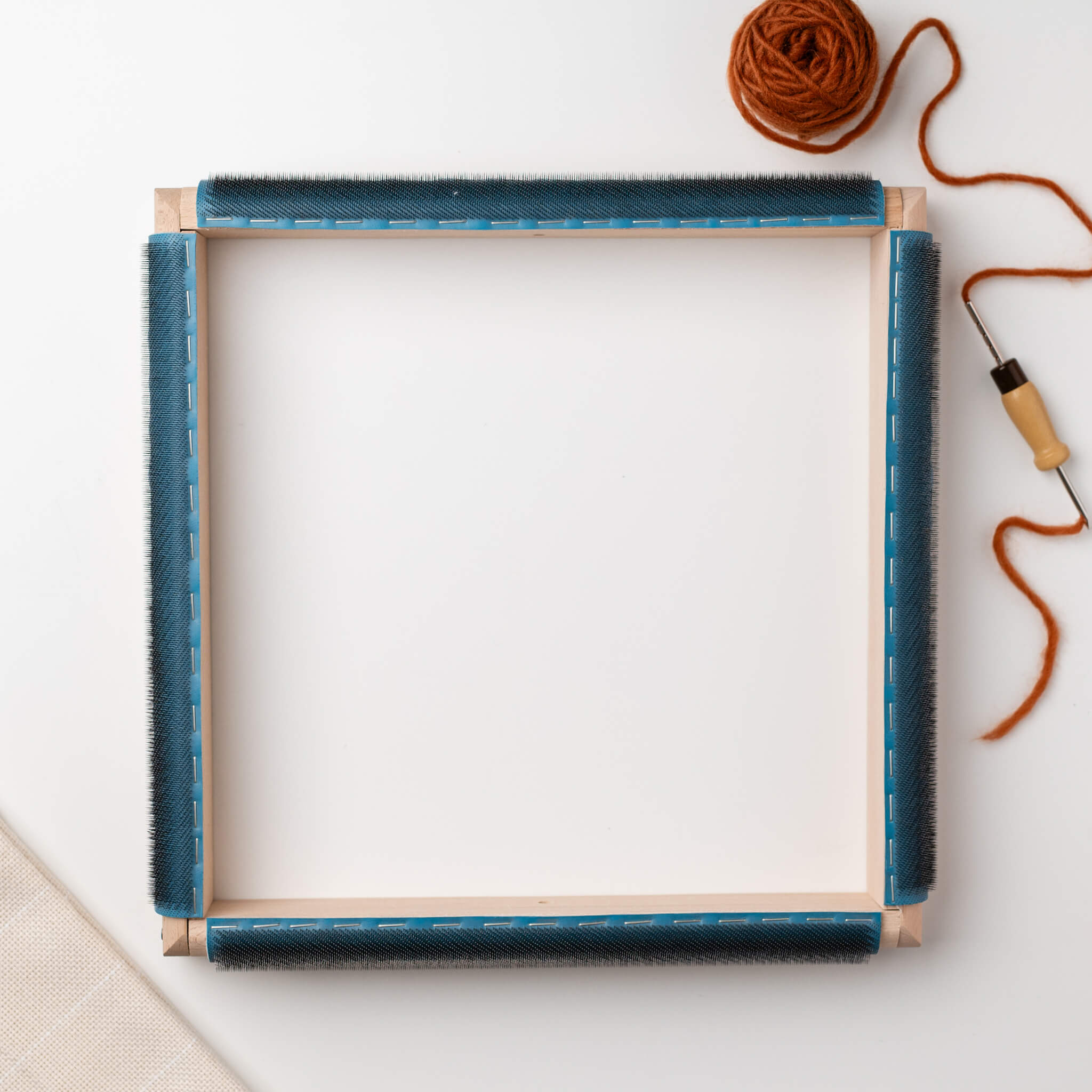
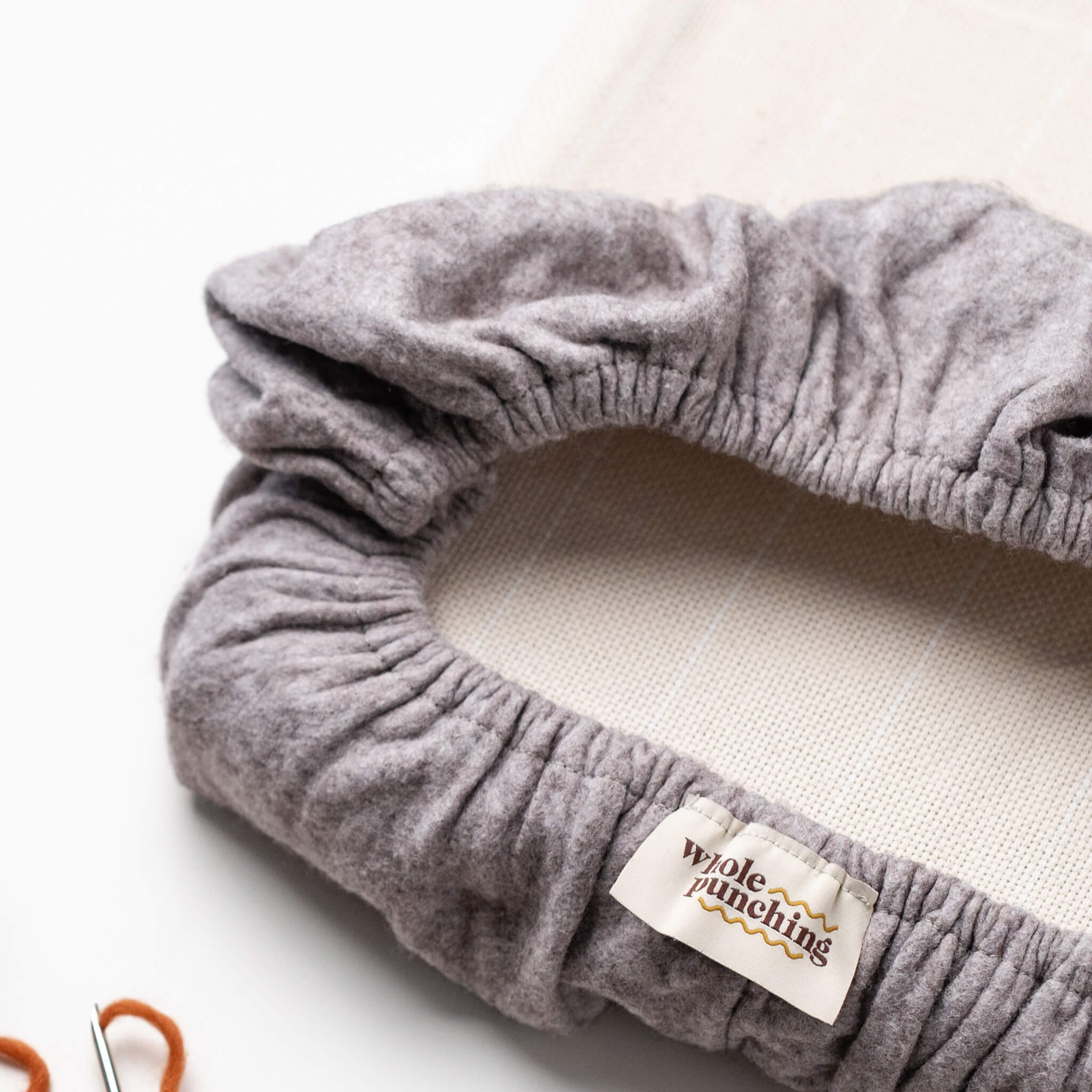
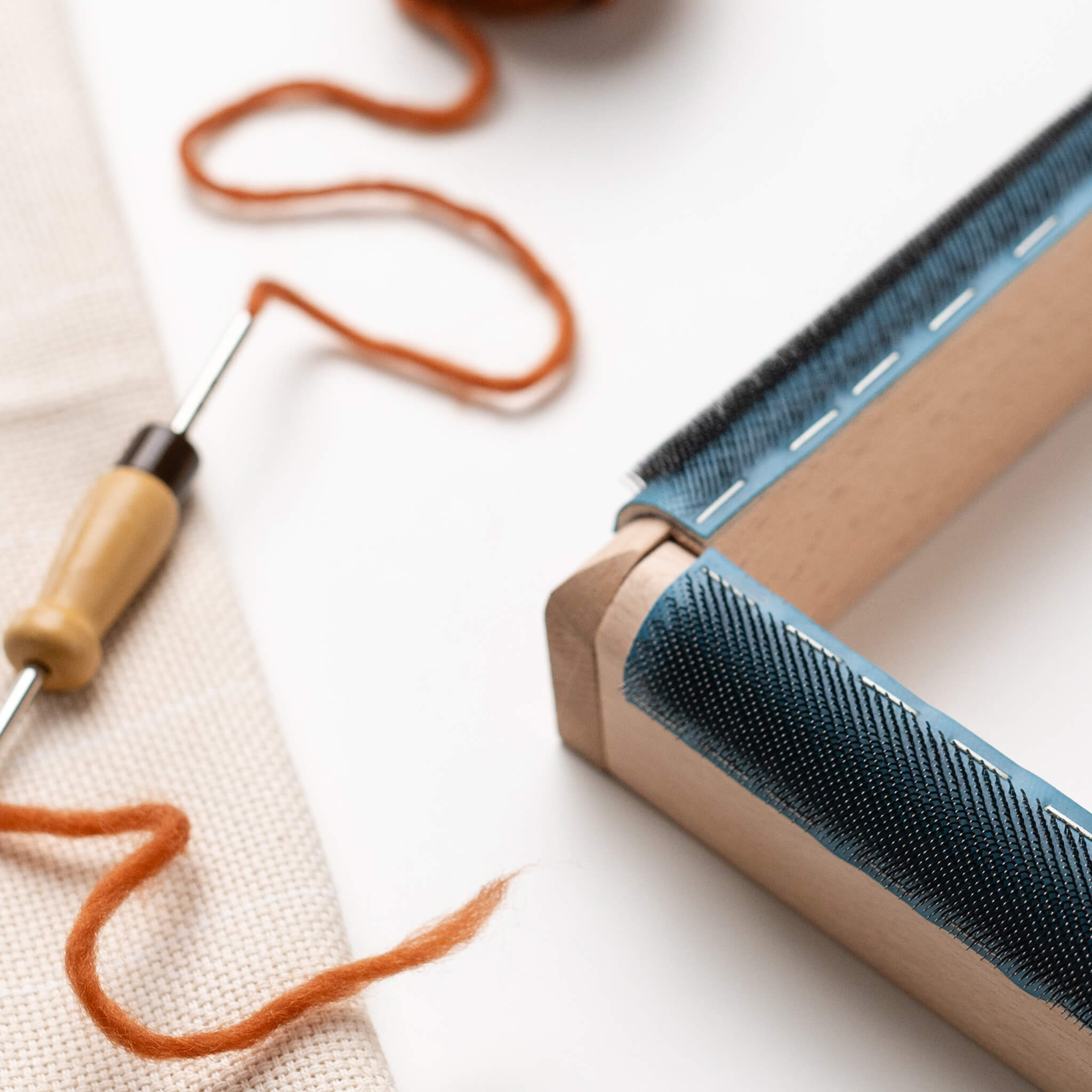
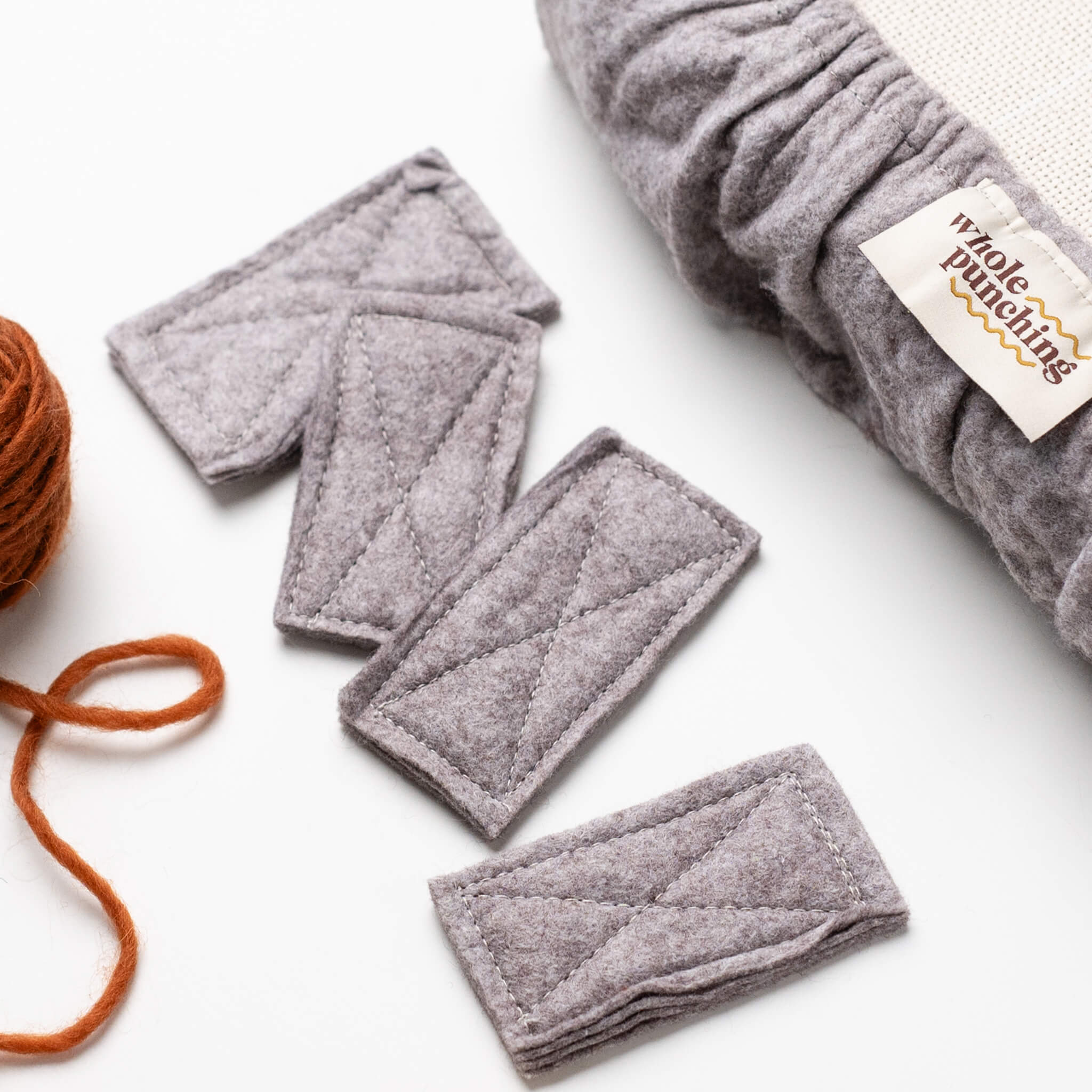
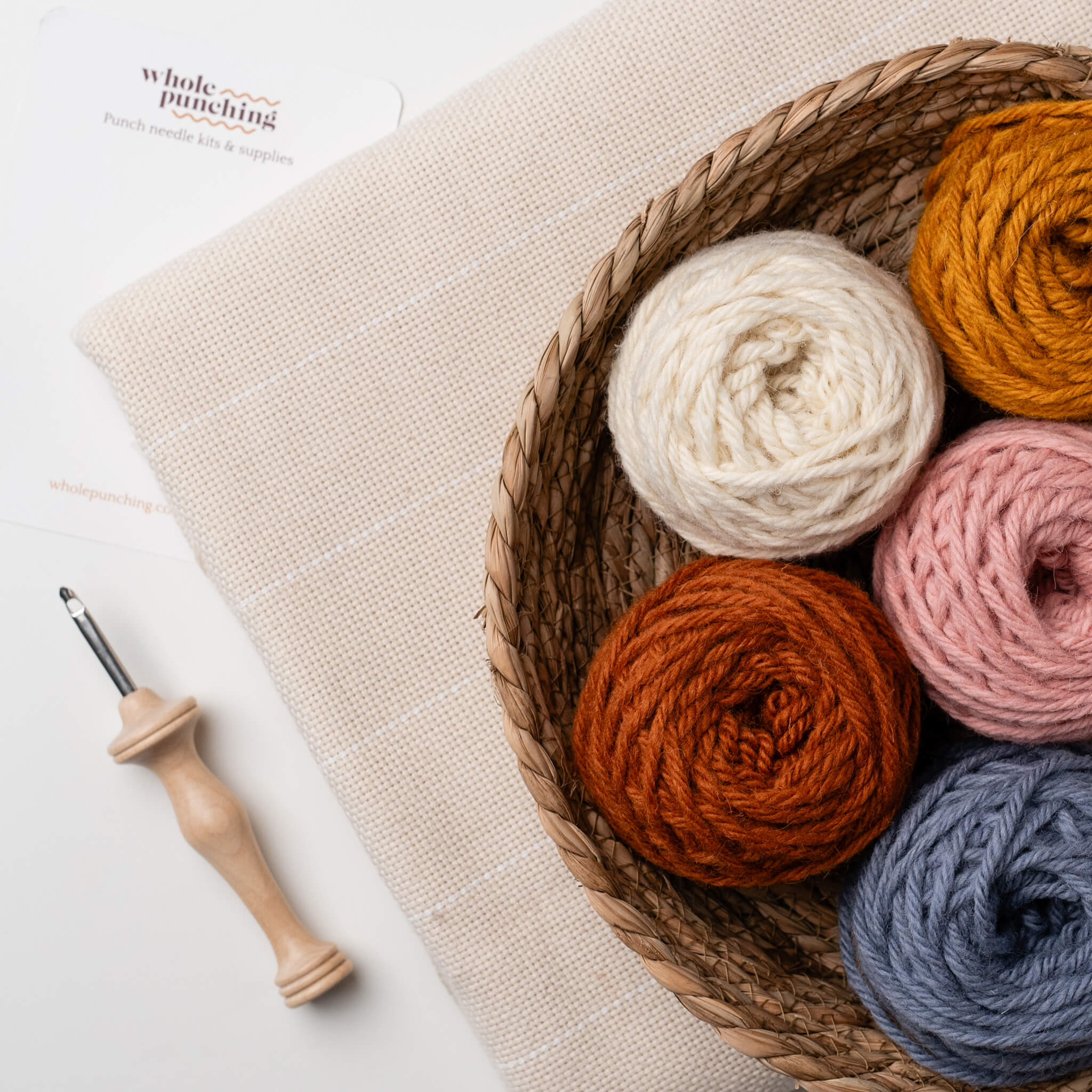
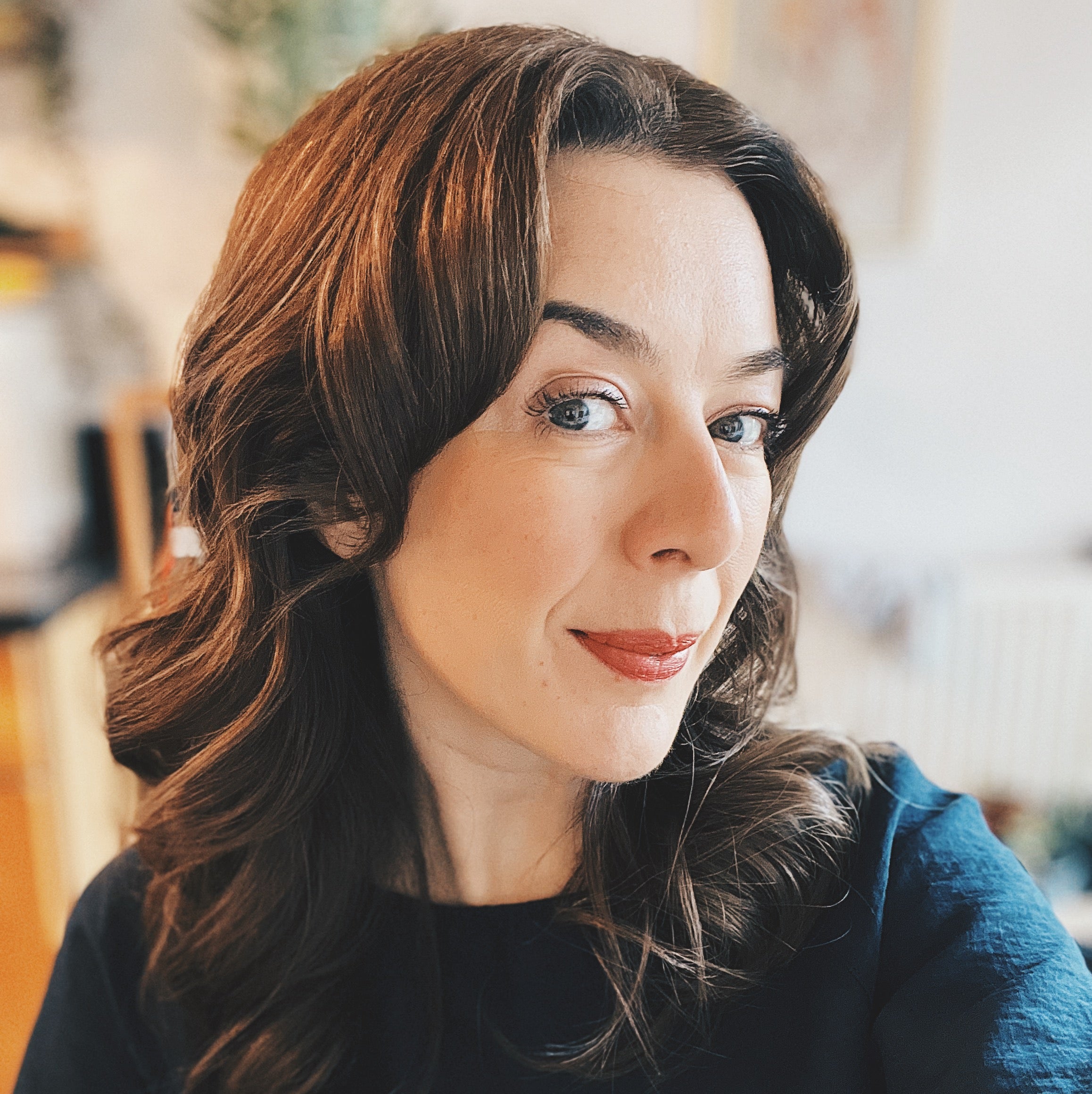
Comments
This was very informative, thank you
I really appreciate your insight into this lovely craft. I can now more appreciate the importance of the foundation fabric. I was completely lost on that aspect of this fun project. Thanks for your time and attention.
Thanks, Sara.
While watching a few YouTube videos and reading a few blogs, I was beginning to be turned off the craft because of the constraints regarding fabric types. I mainly crochet (Standard, Mosaic and Tunisian) and usually have multiple weights and fibre types of yarn. My hope is to my leftovers from my other project for punch needle projects.
I have purchased all the Lavor punch needles and the fabric bundle to play.